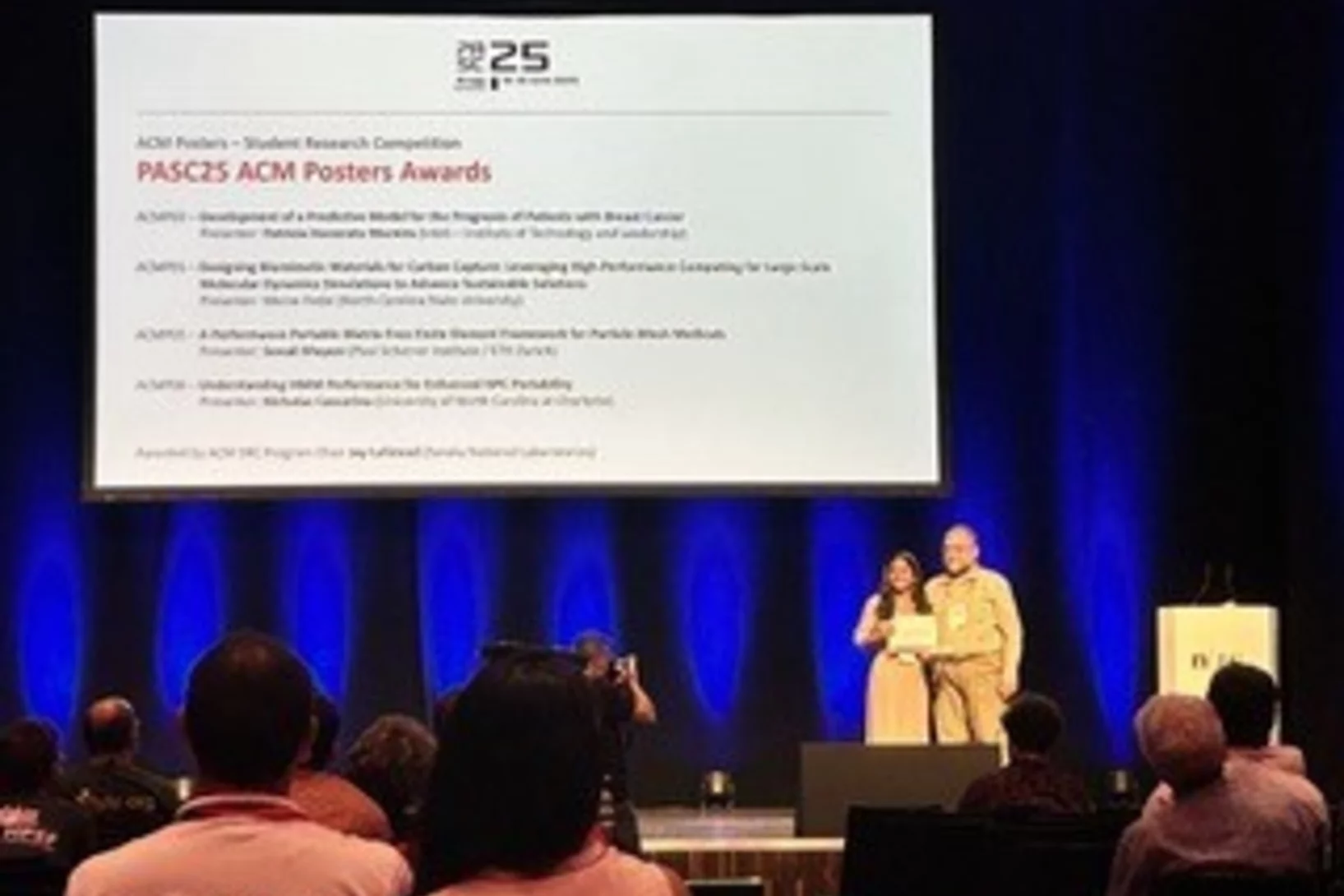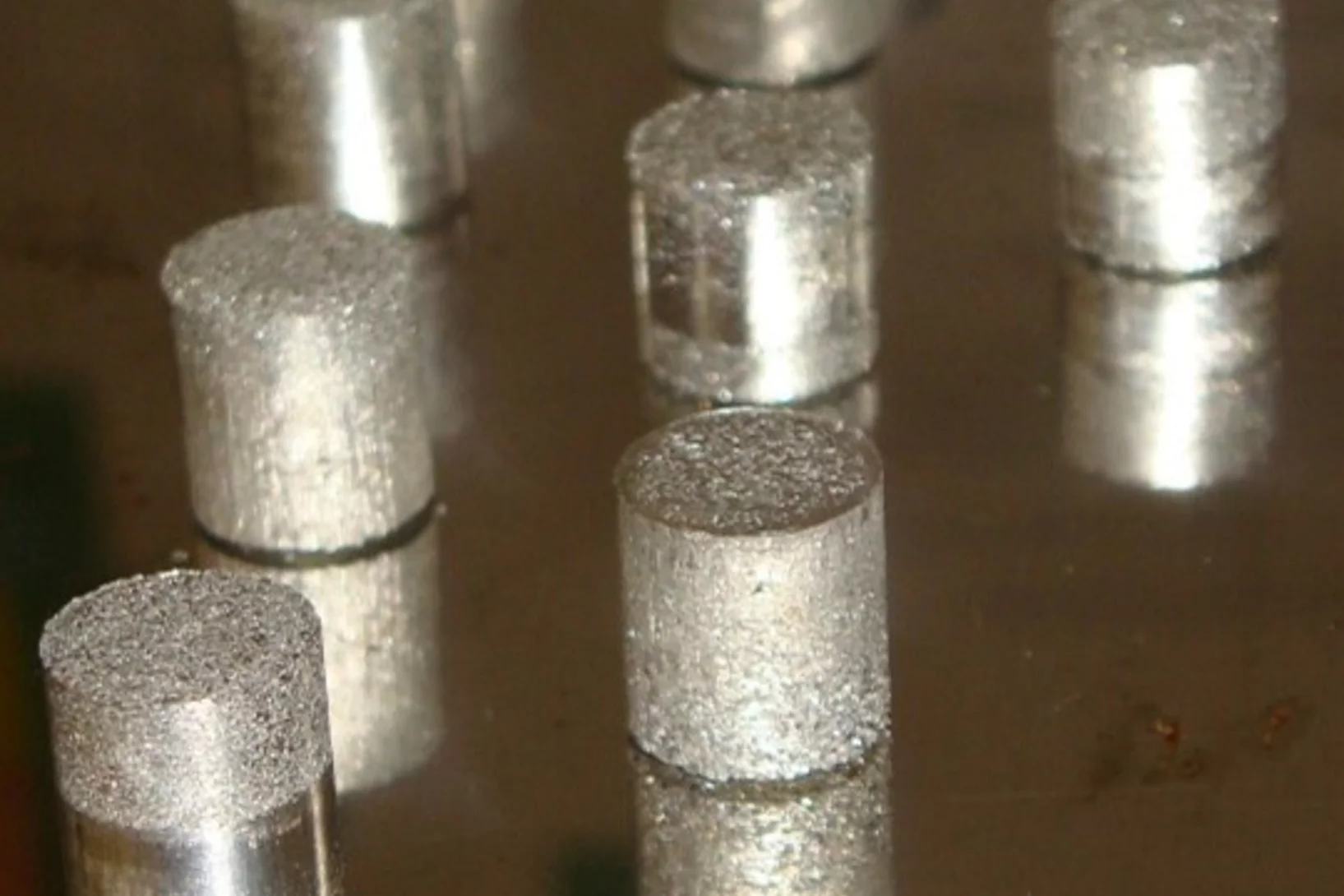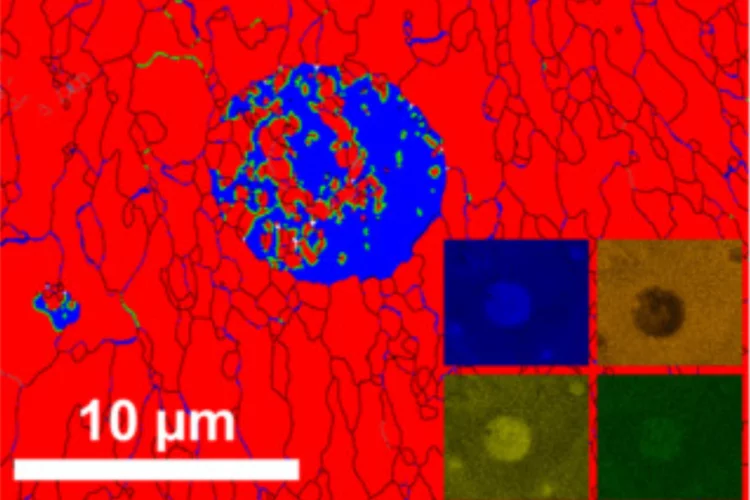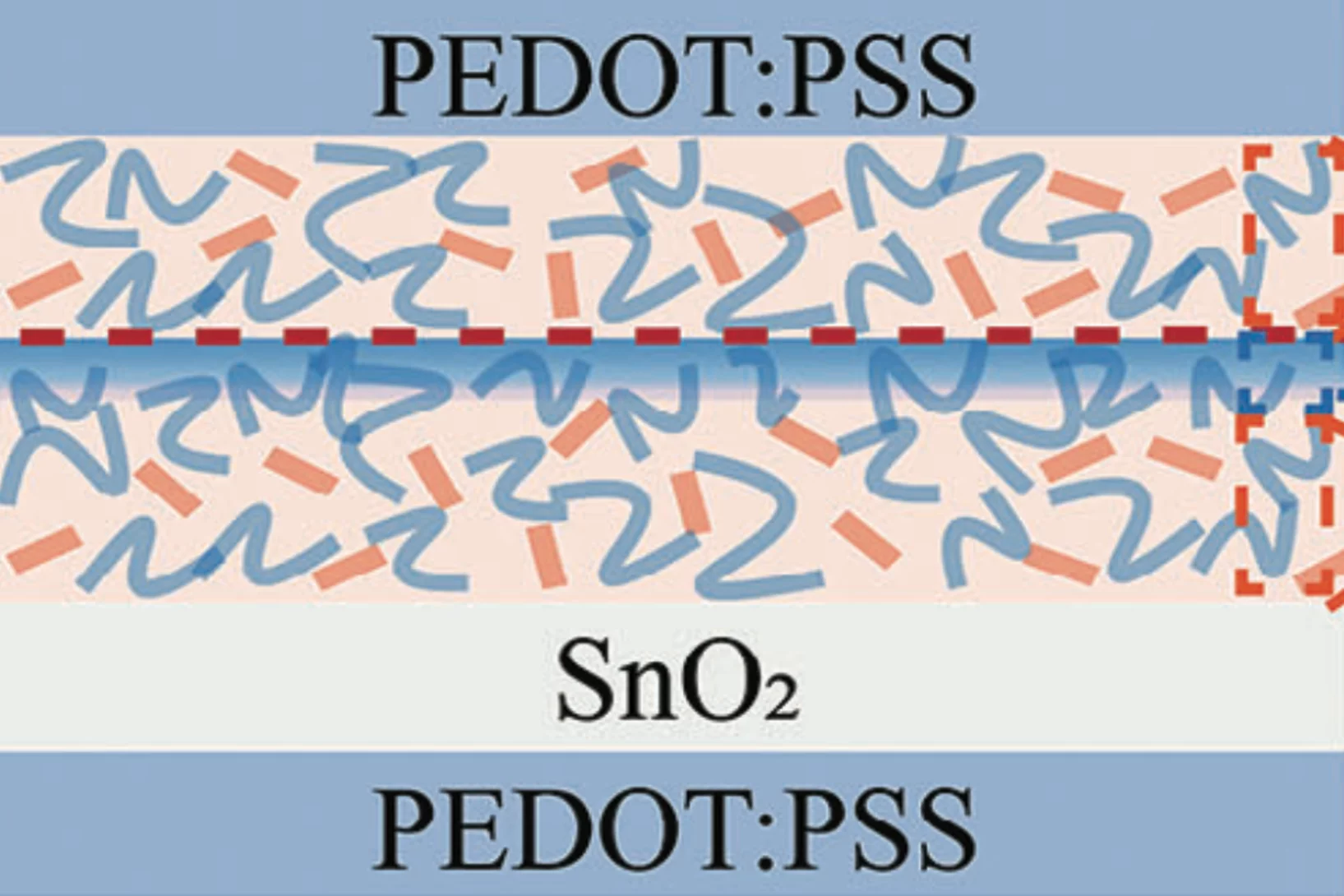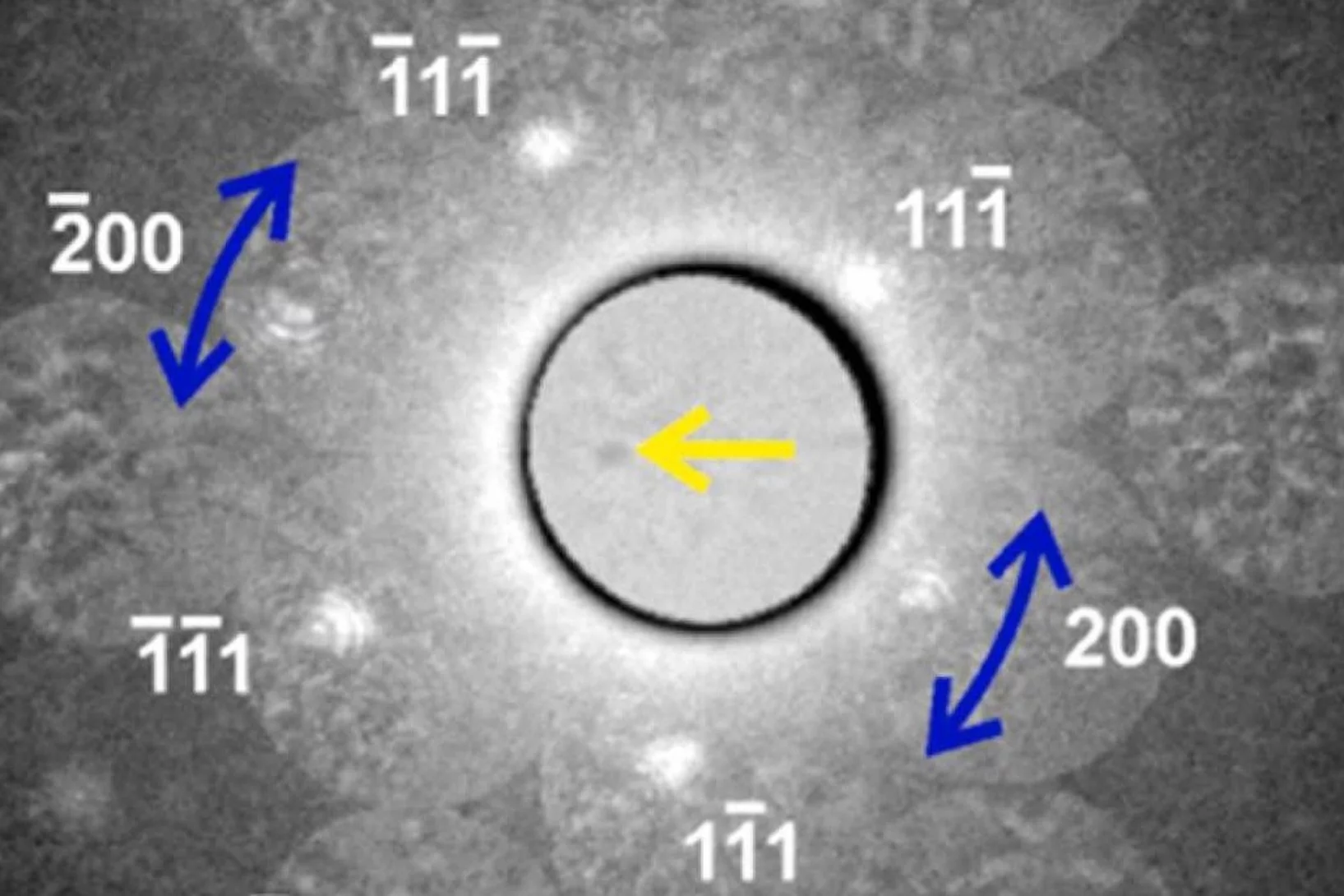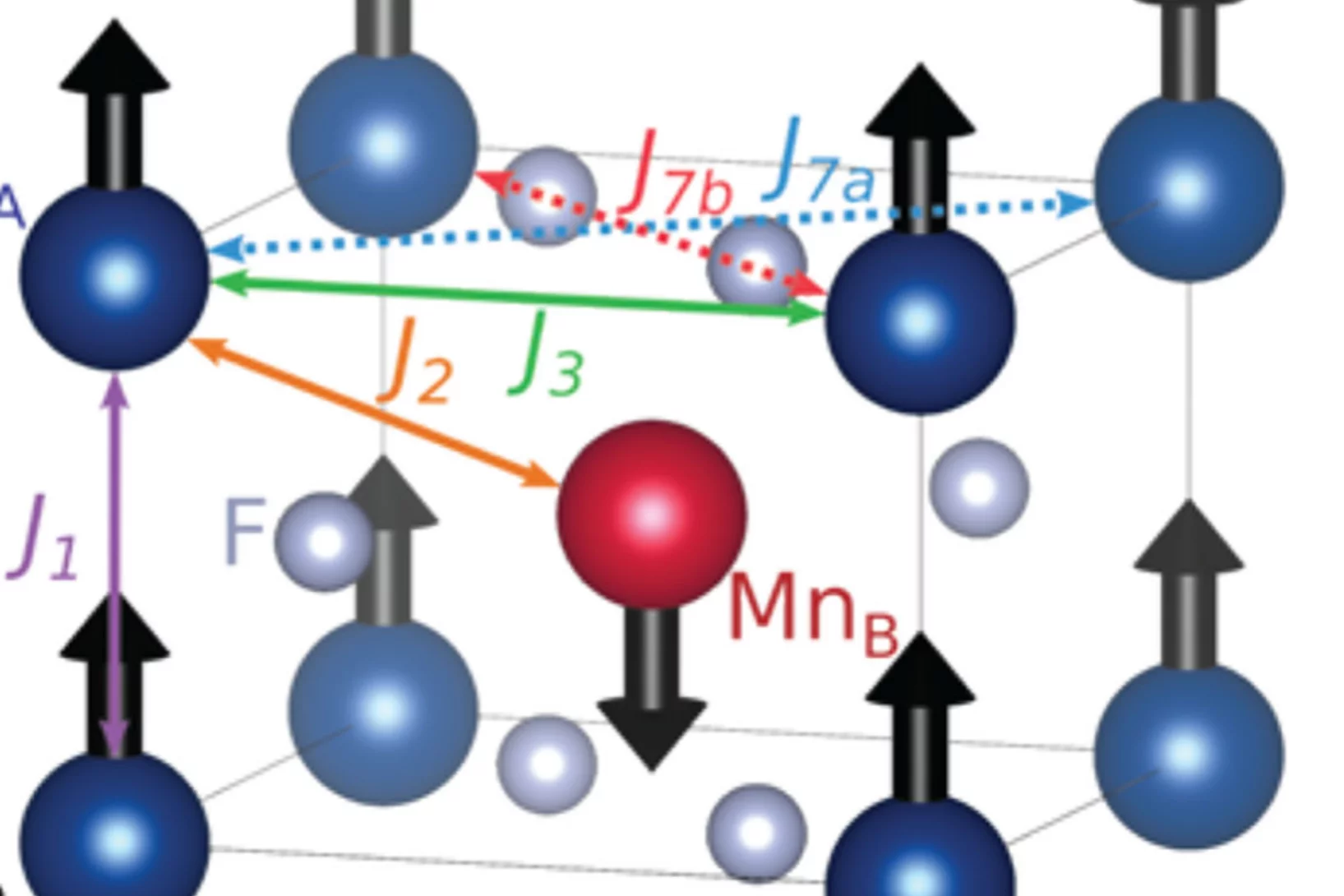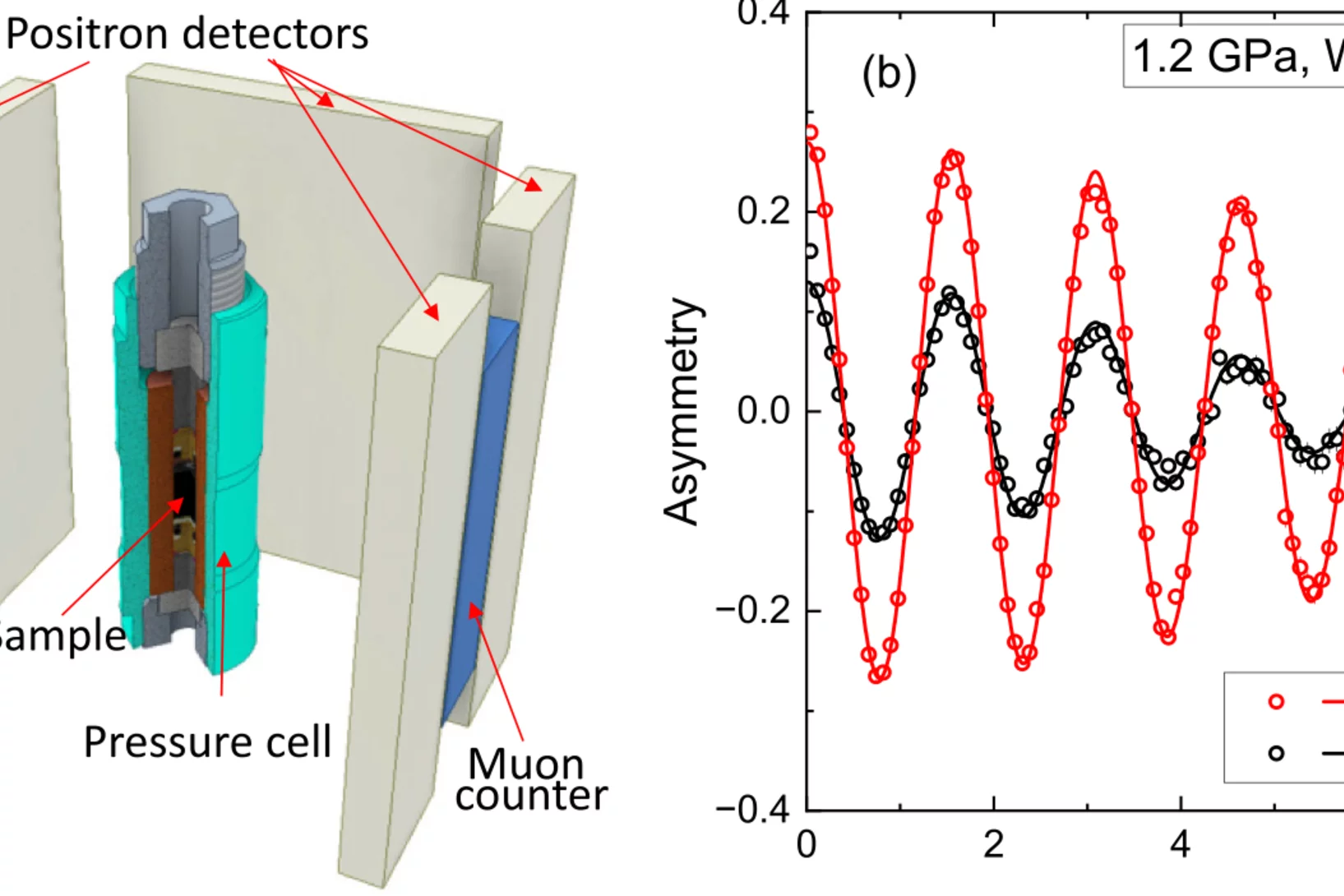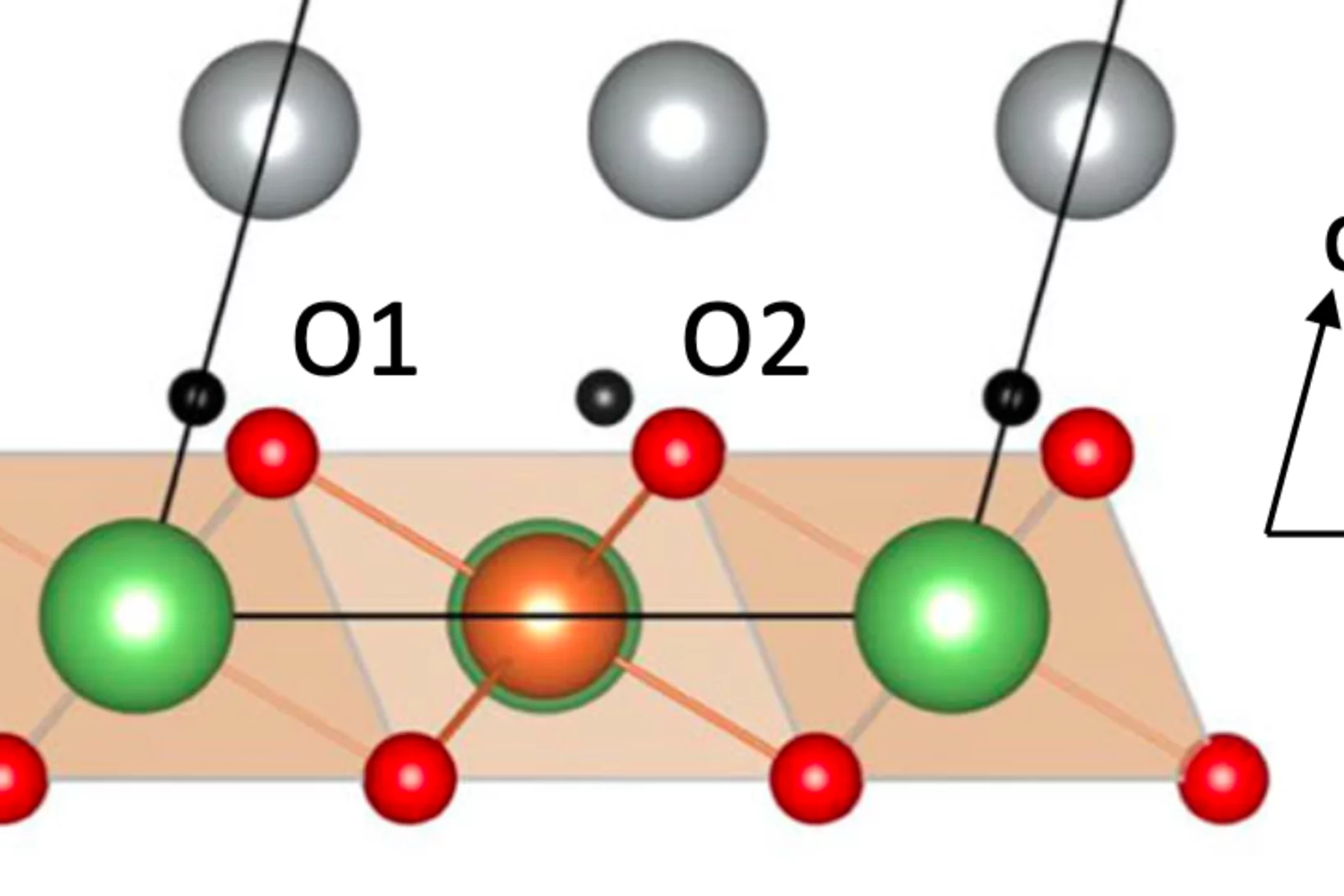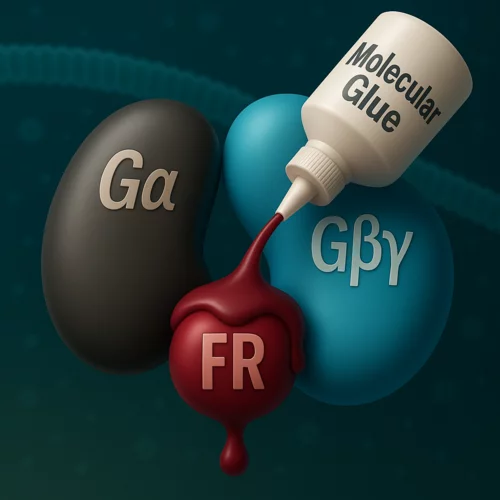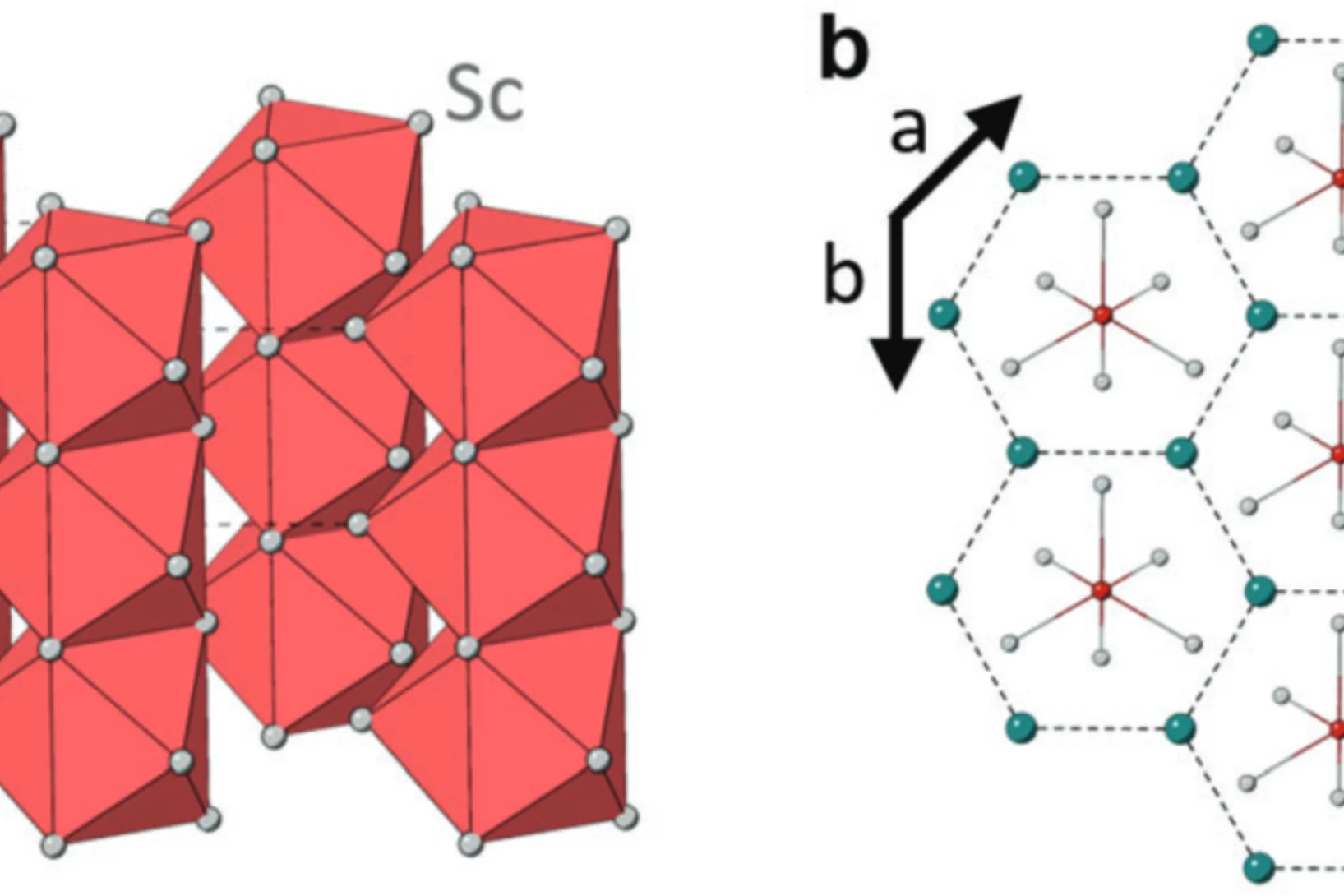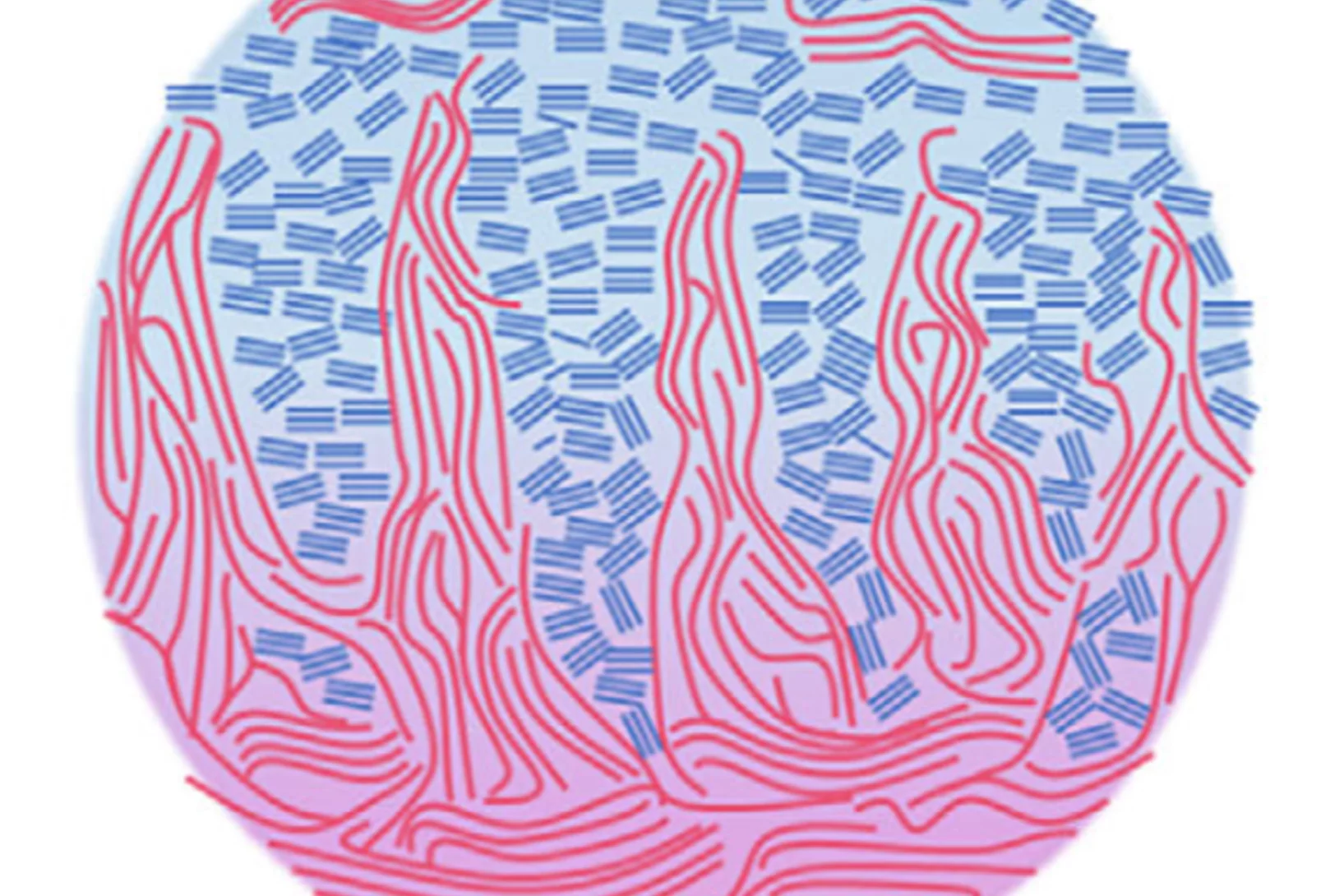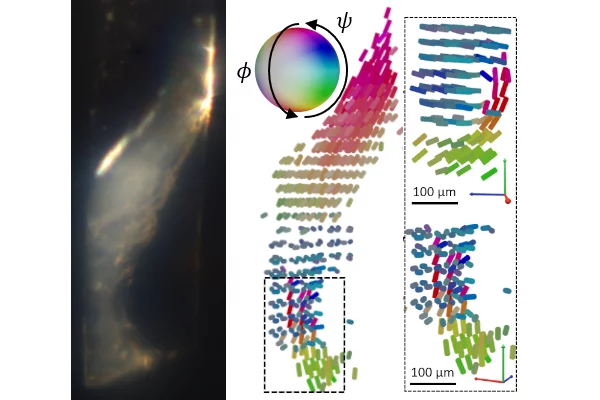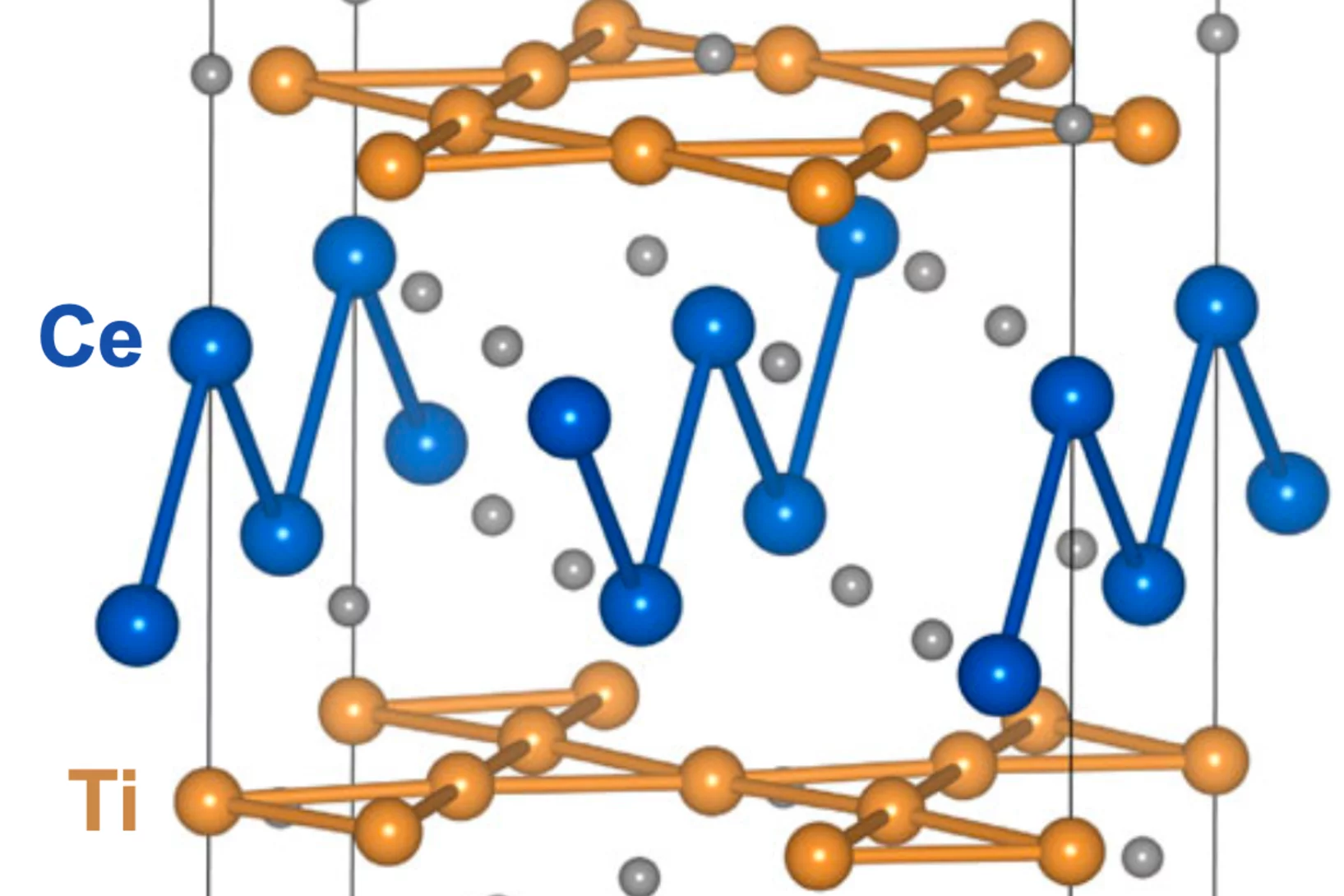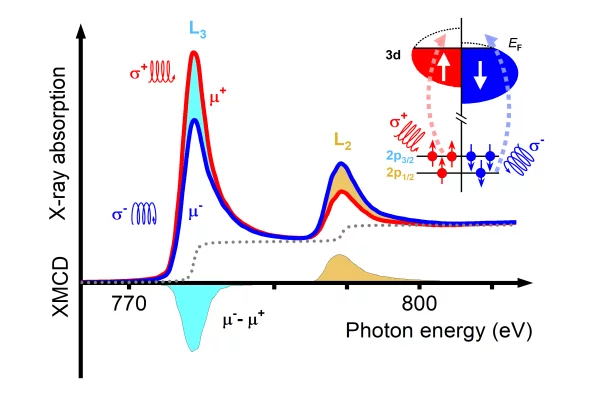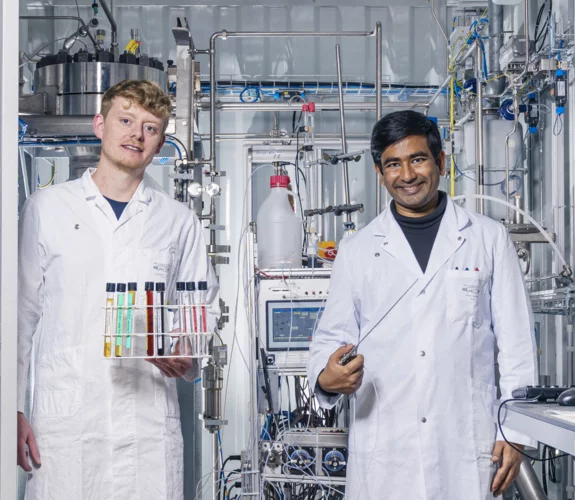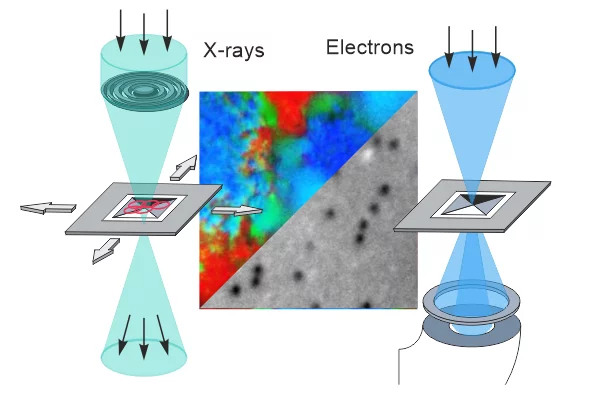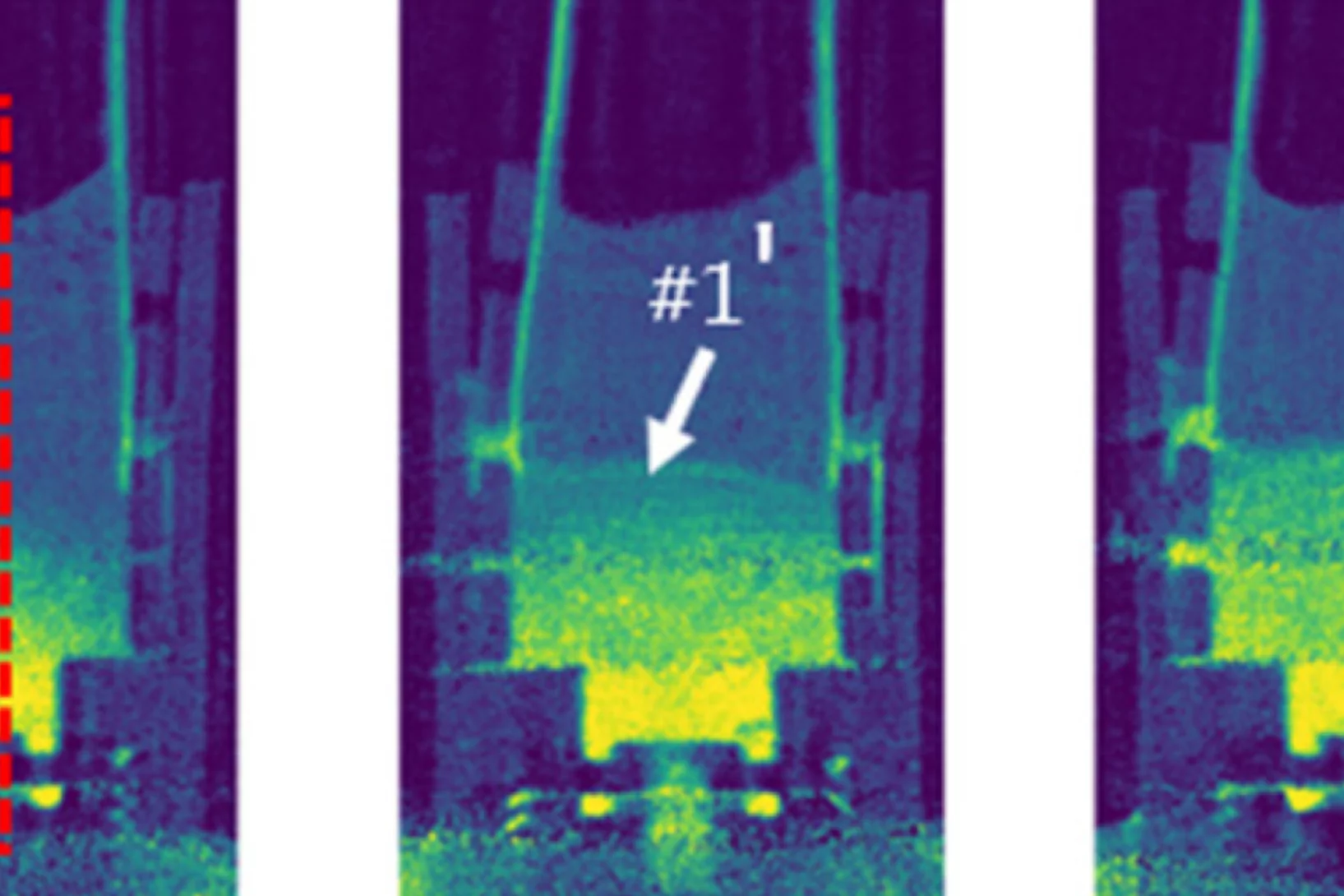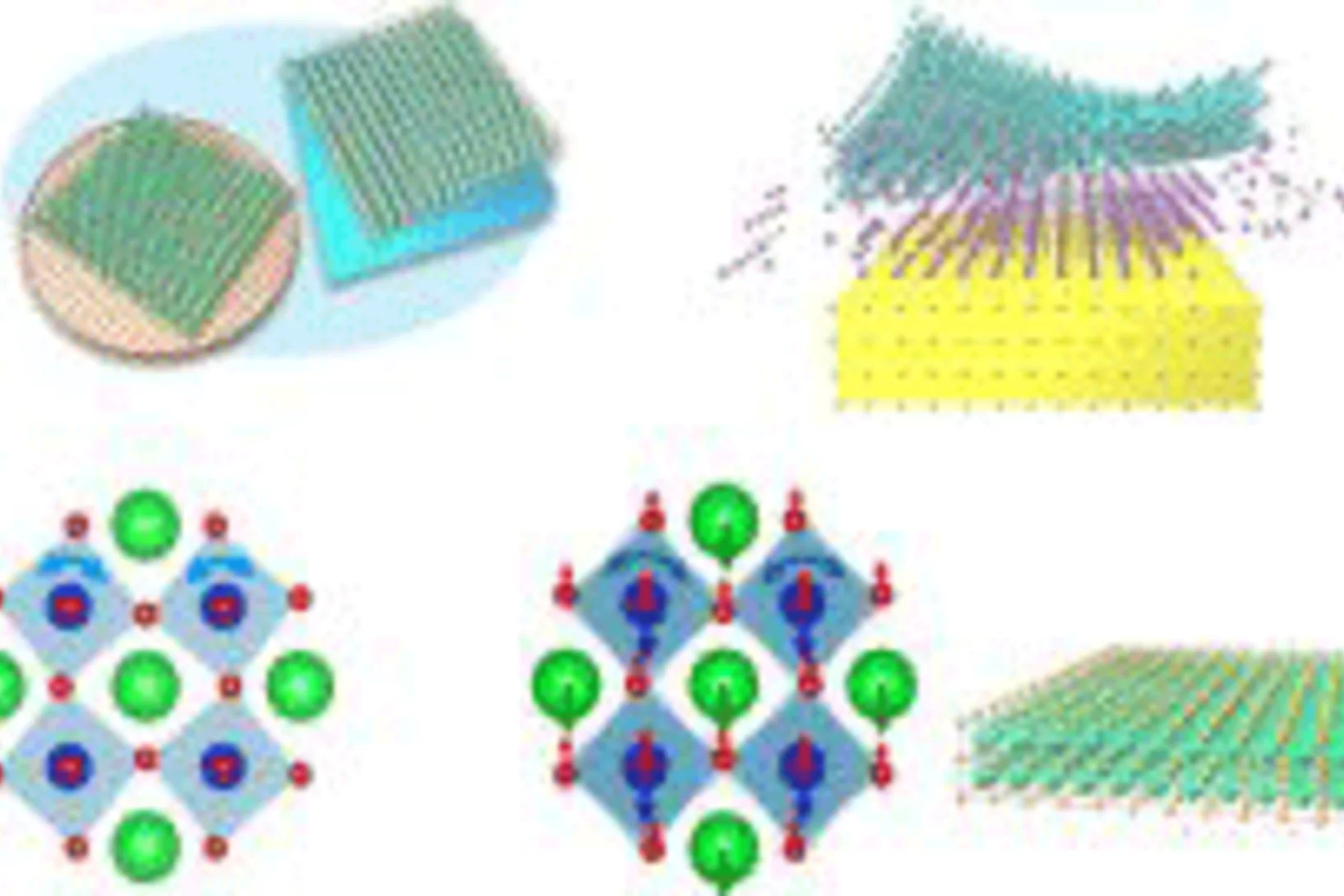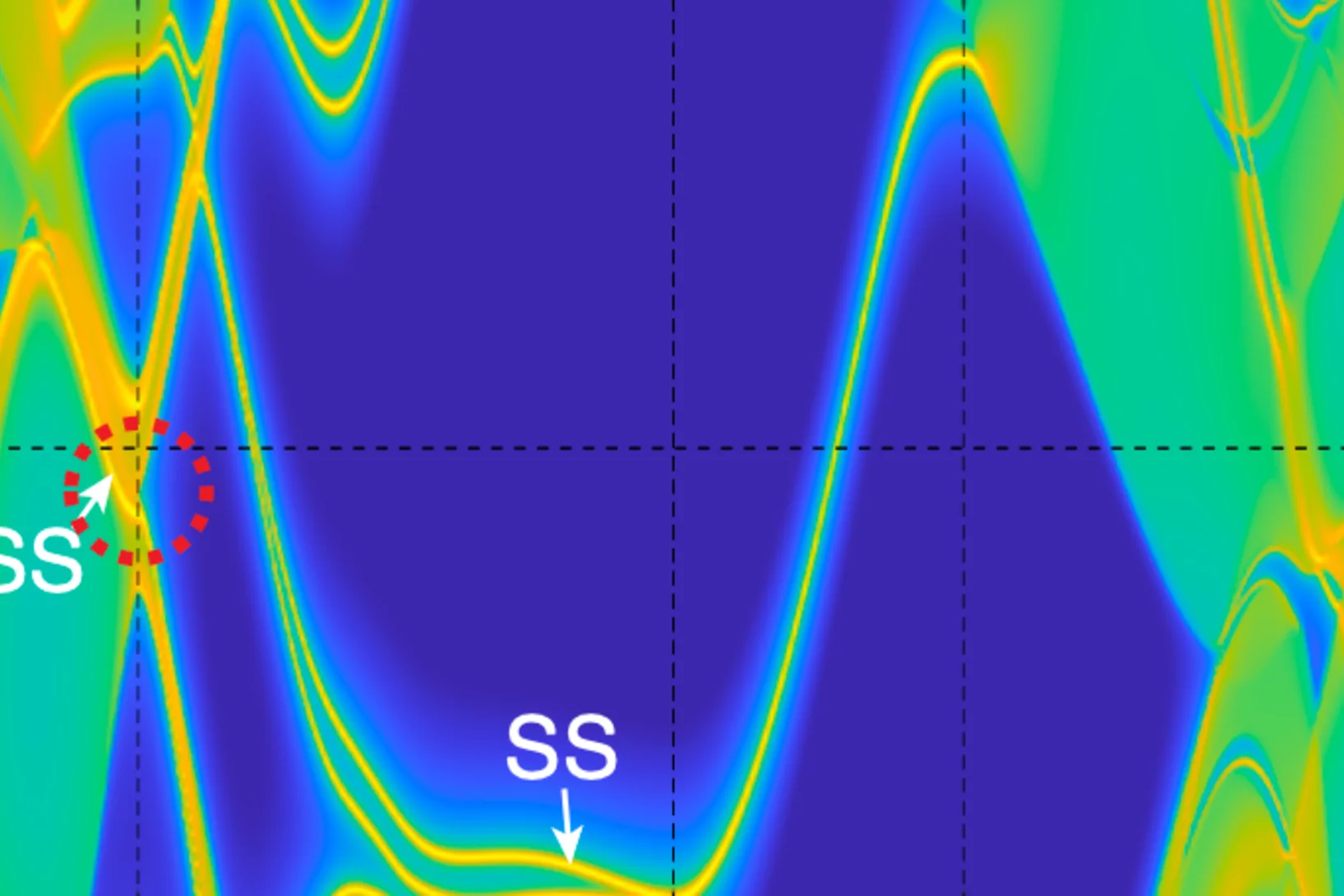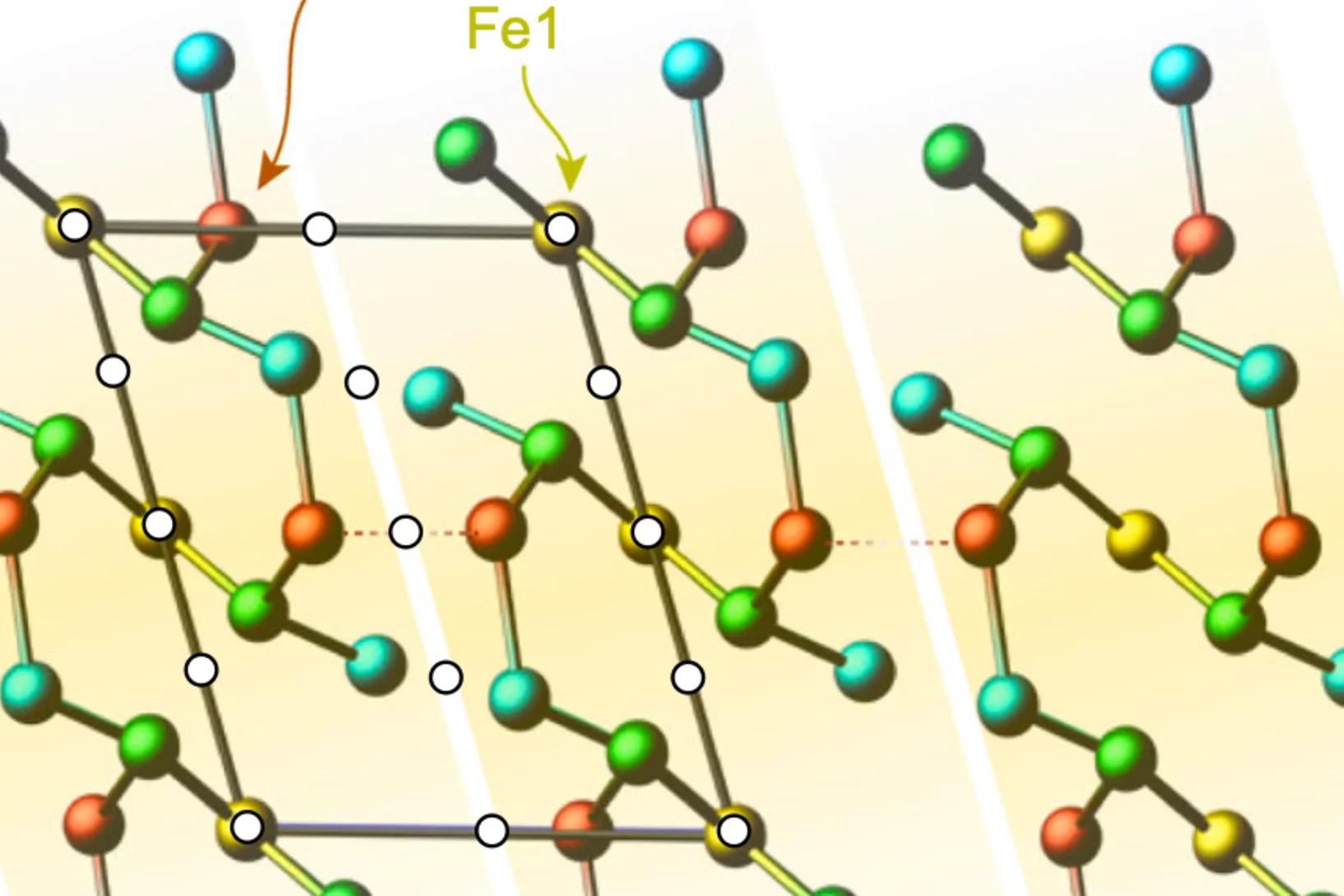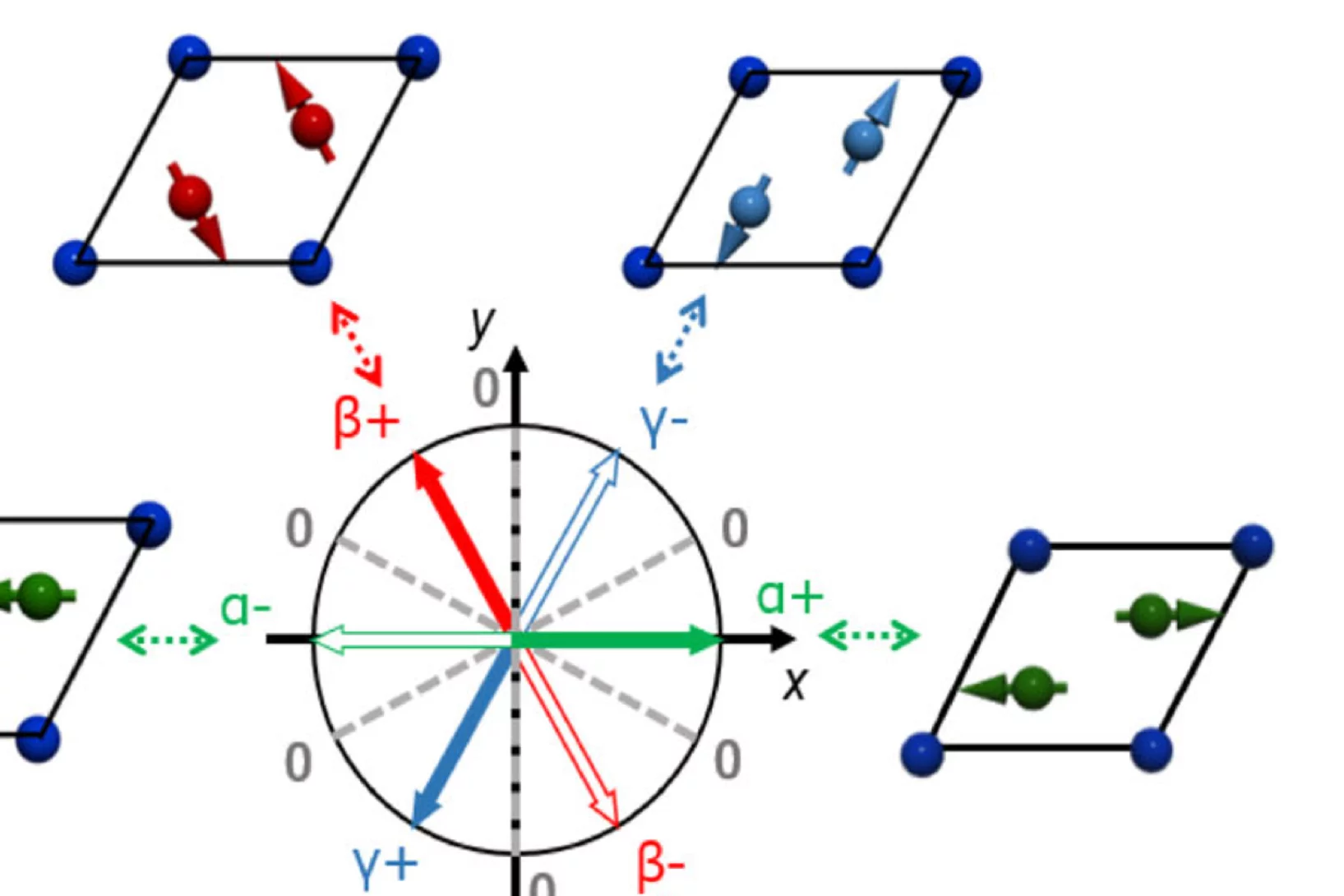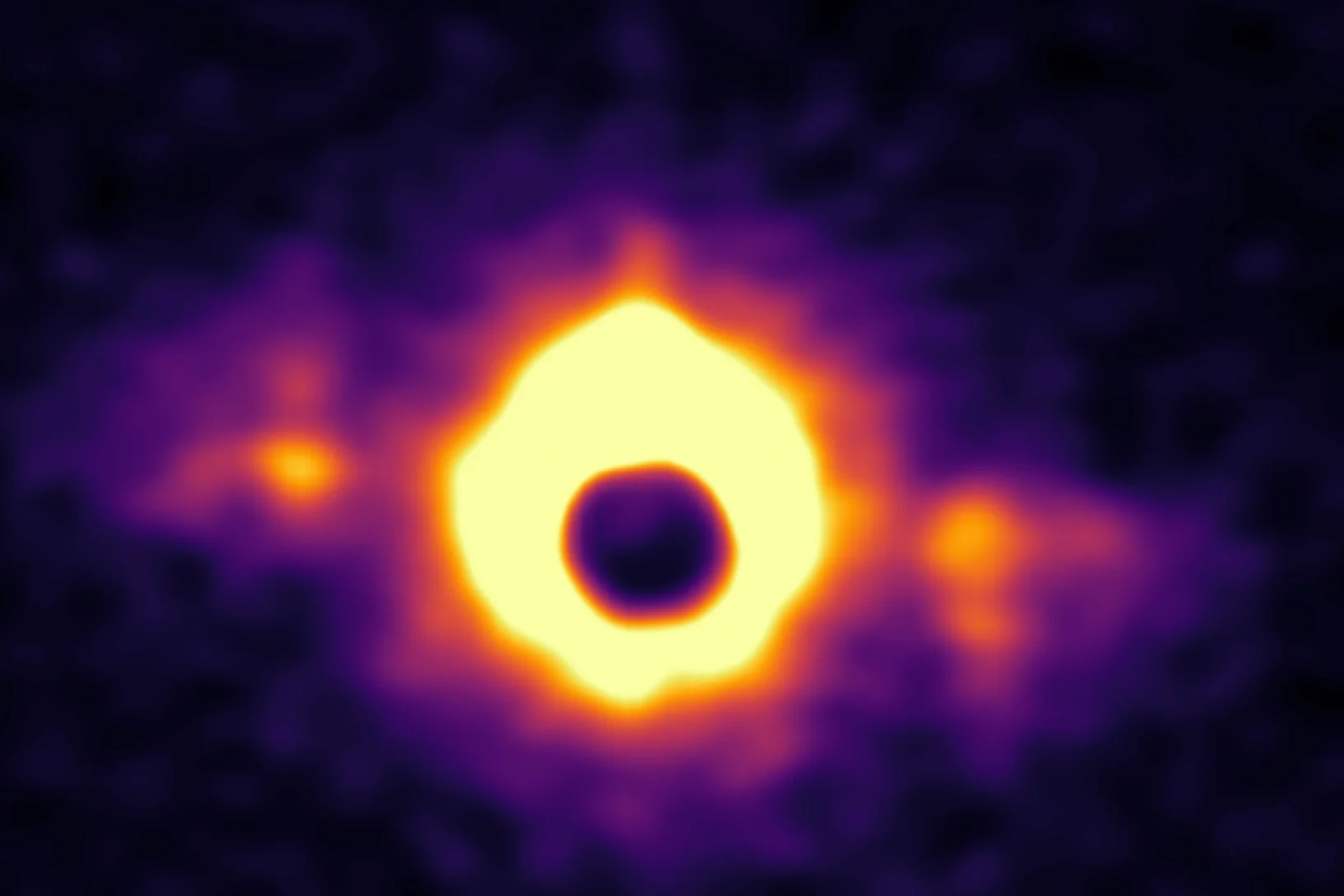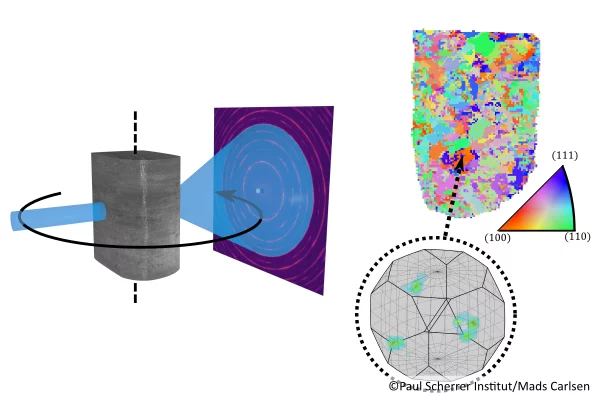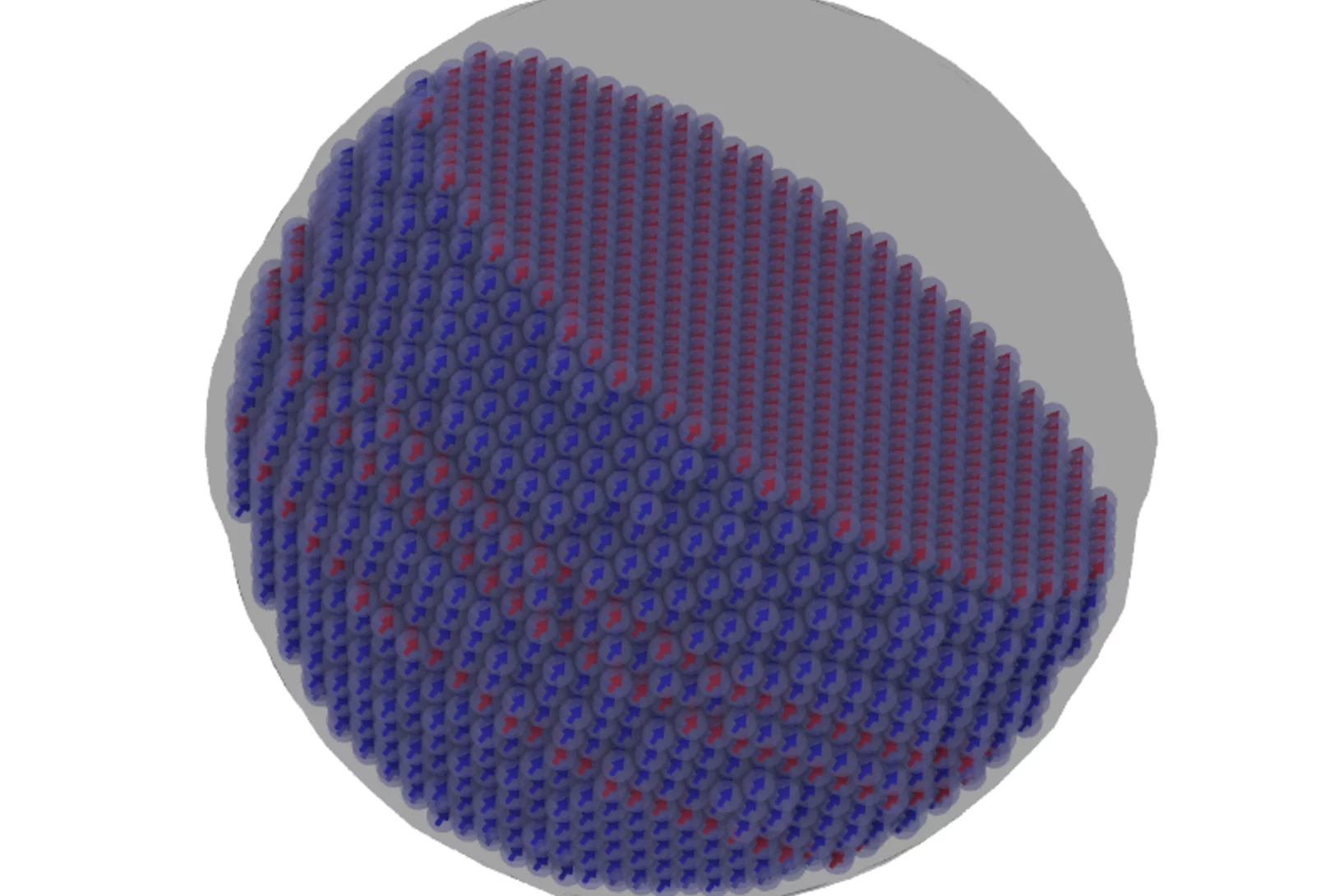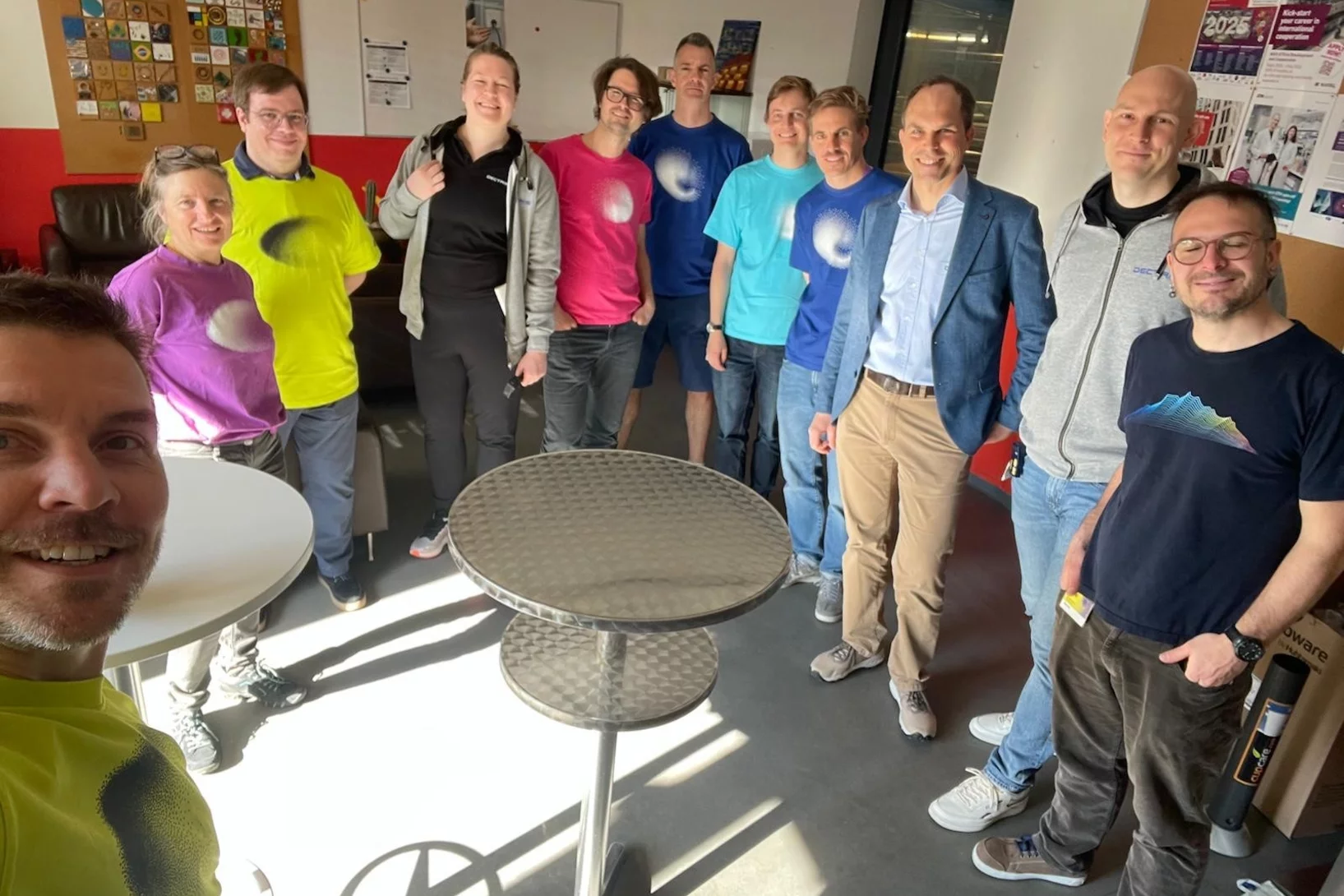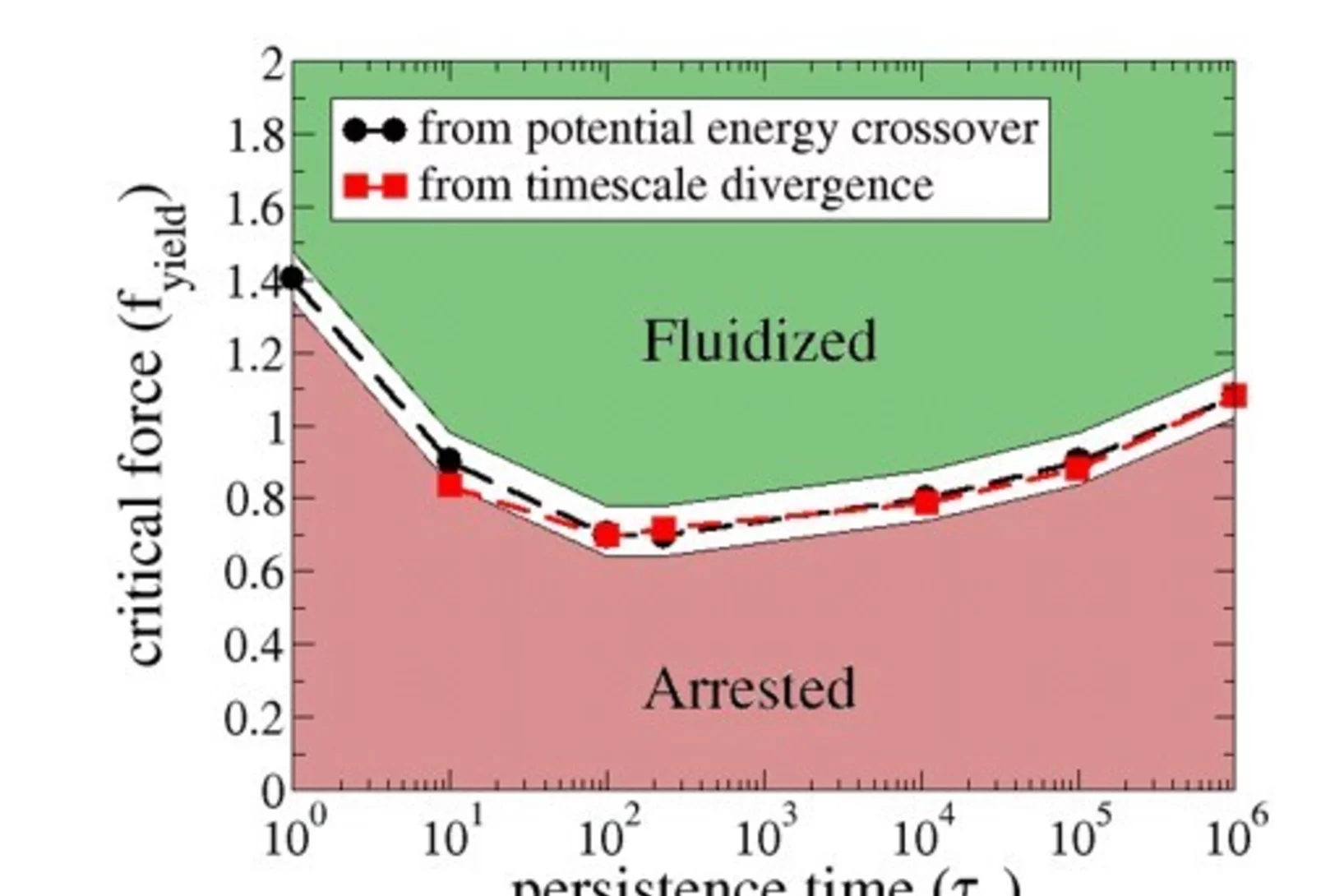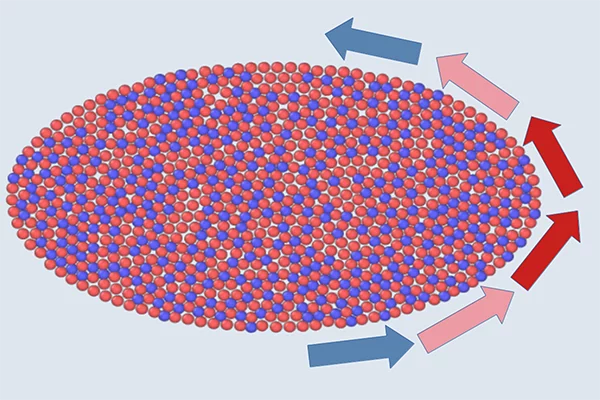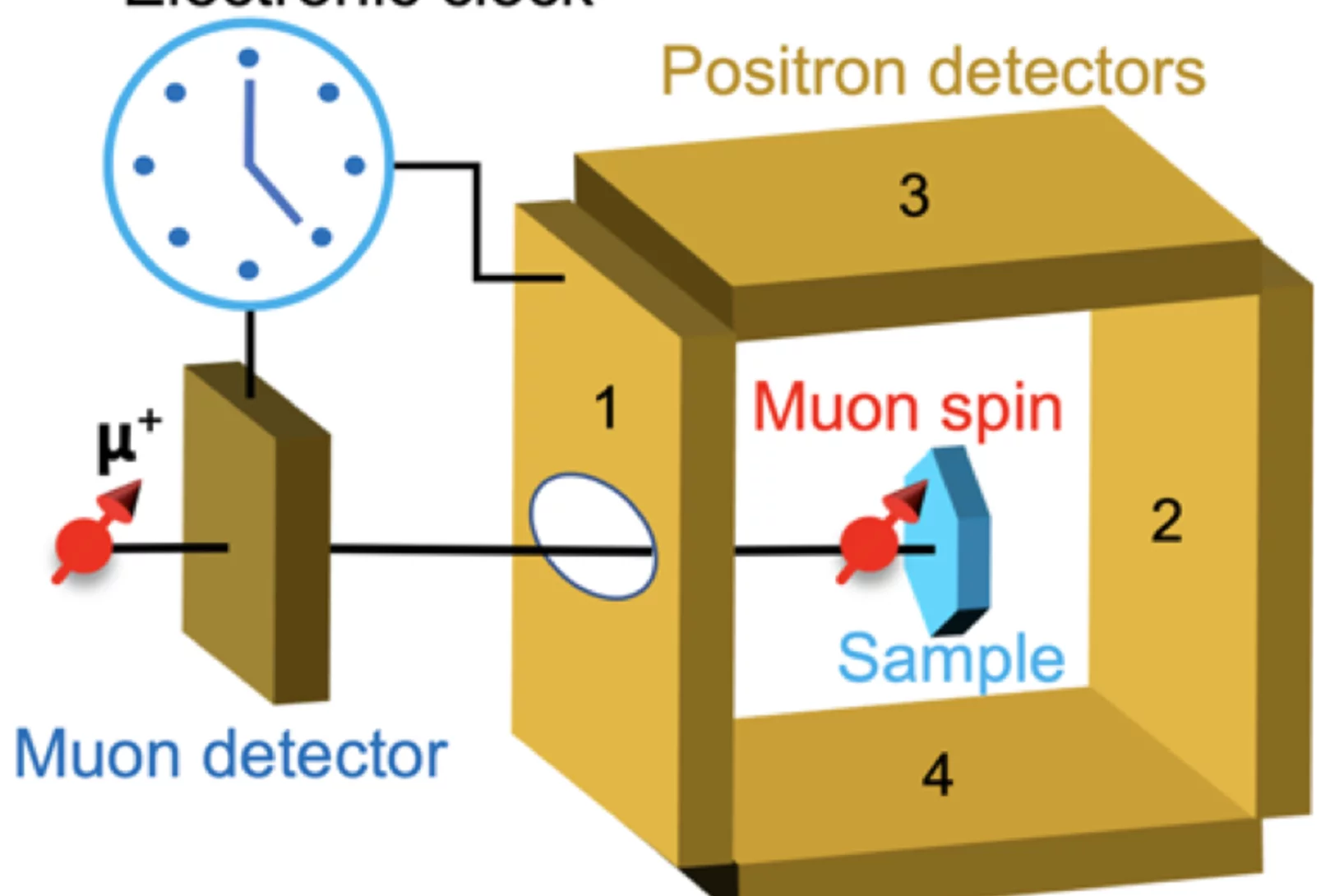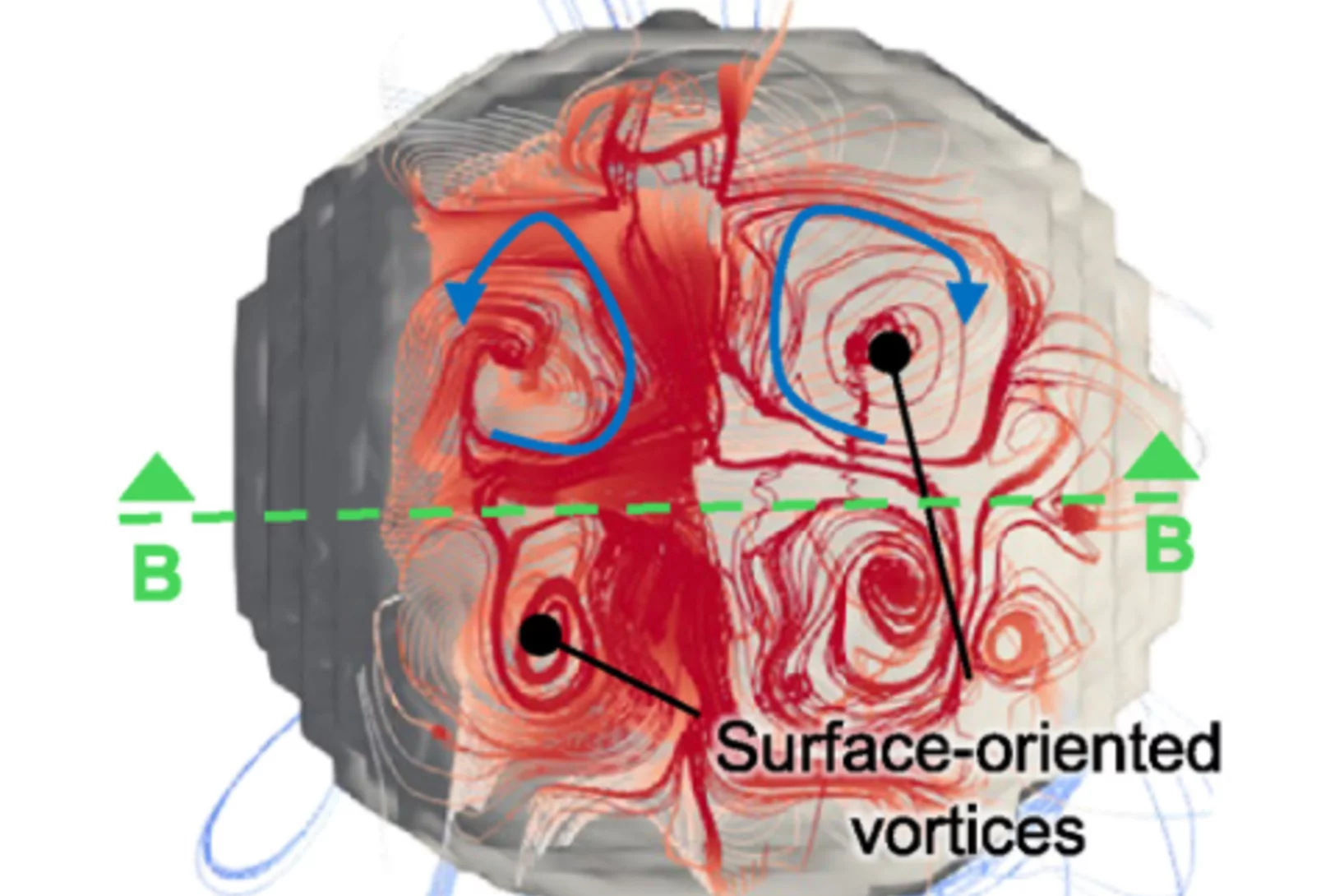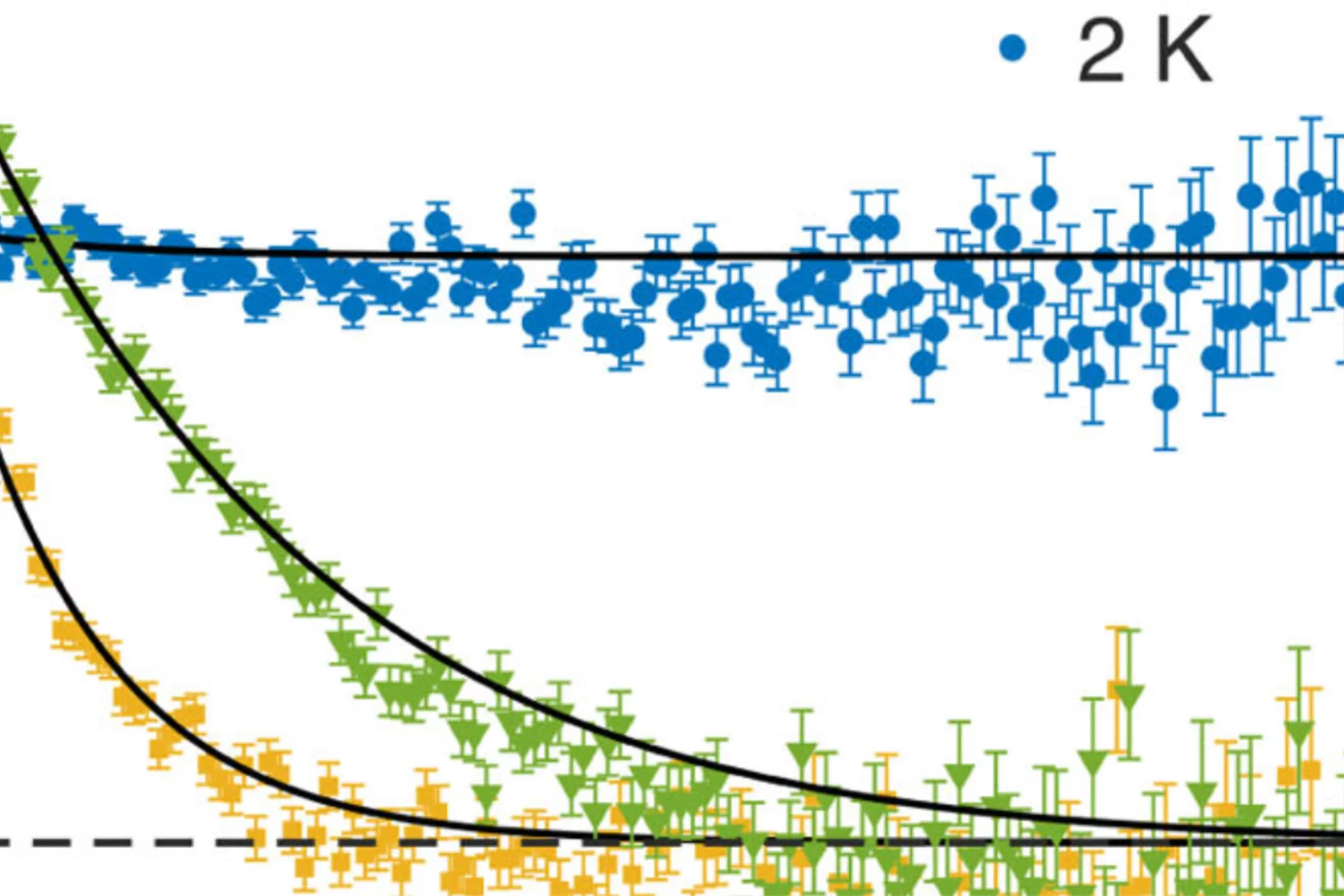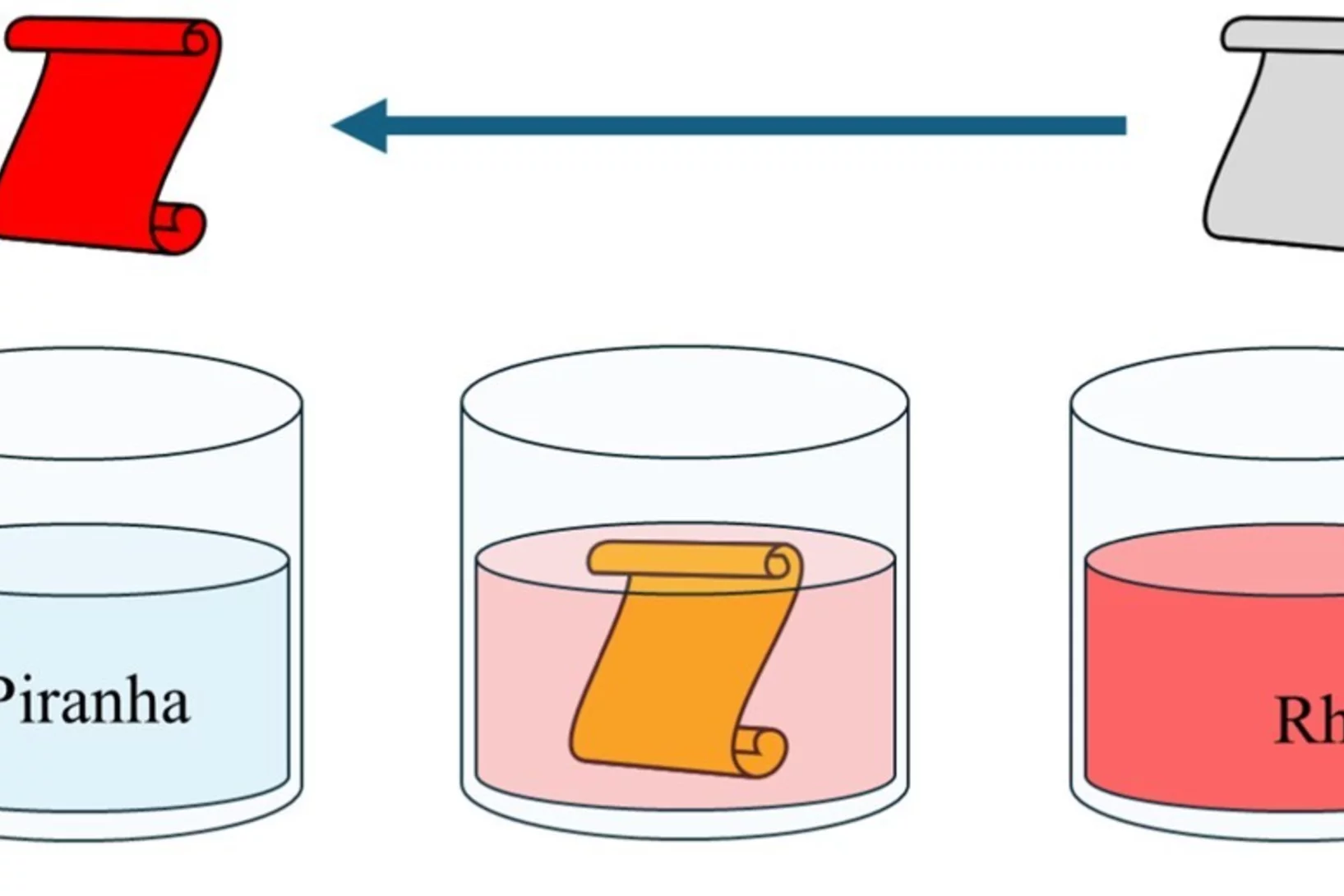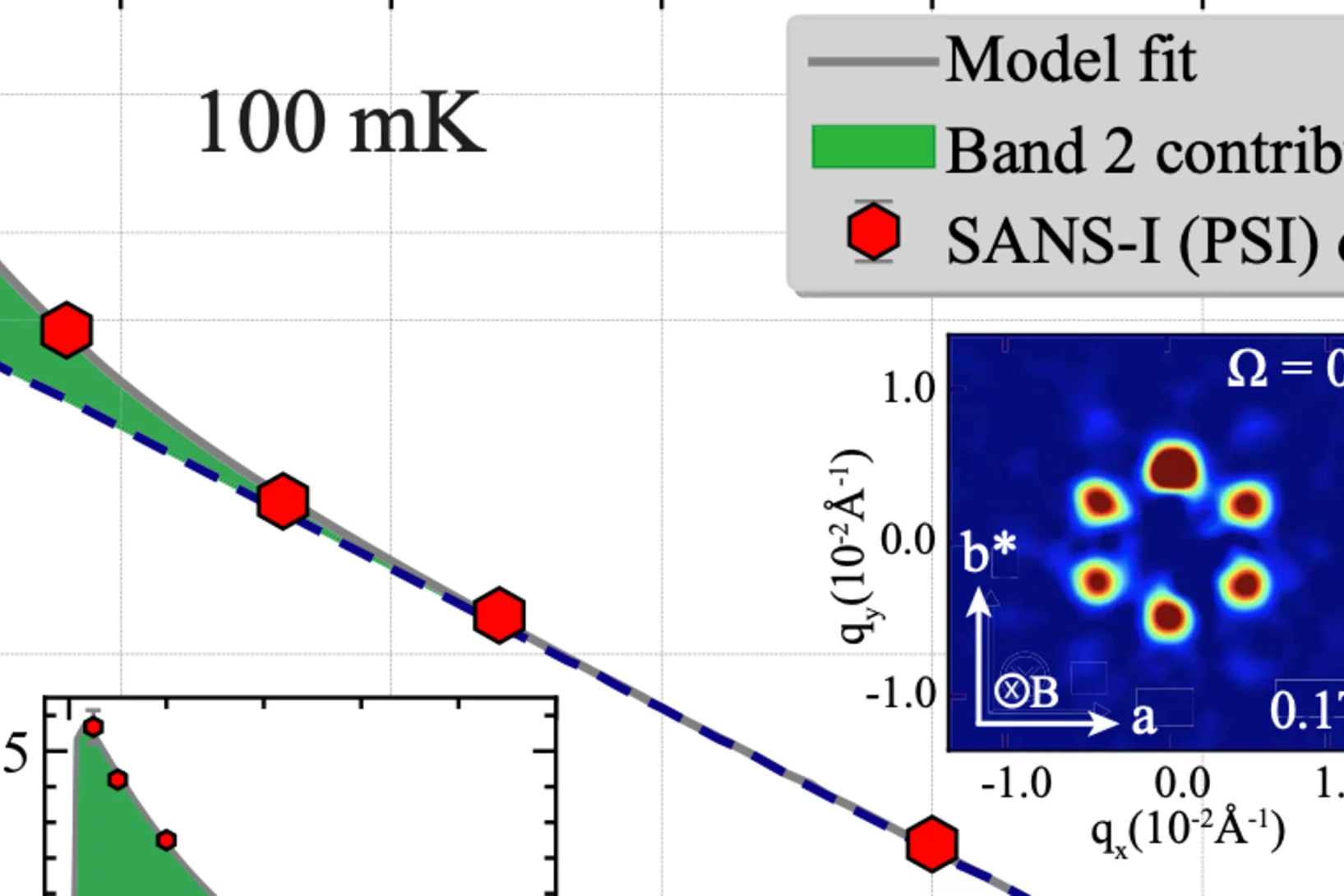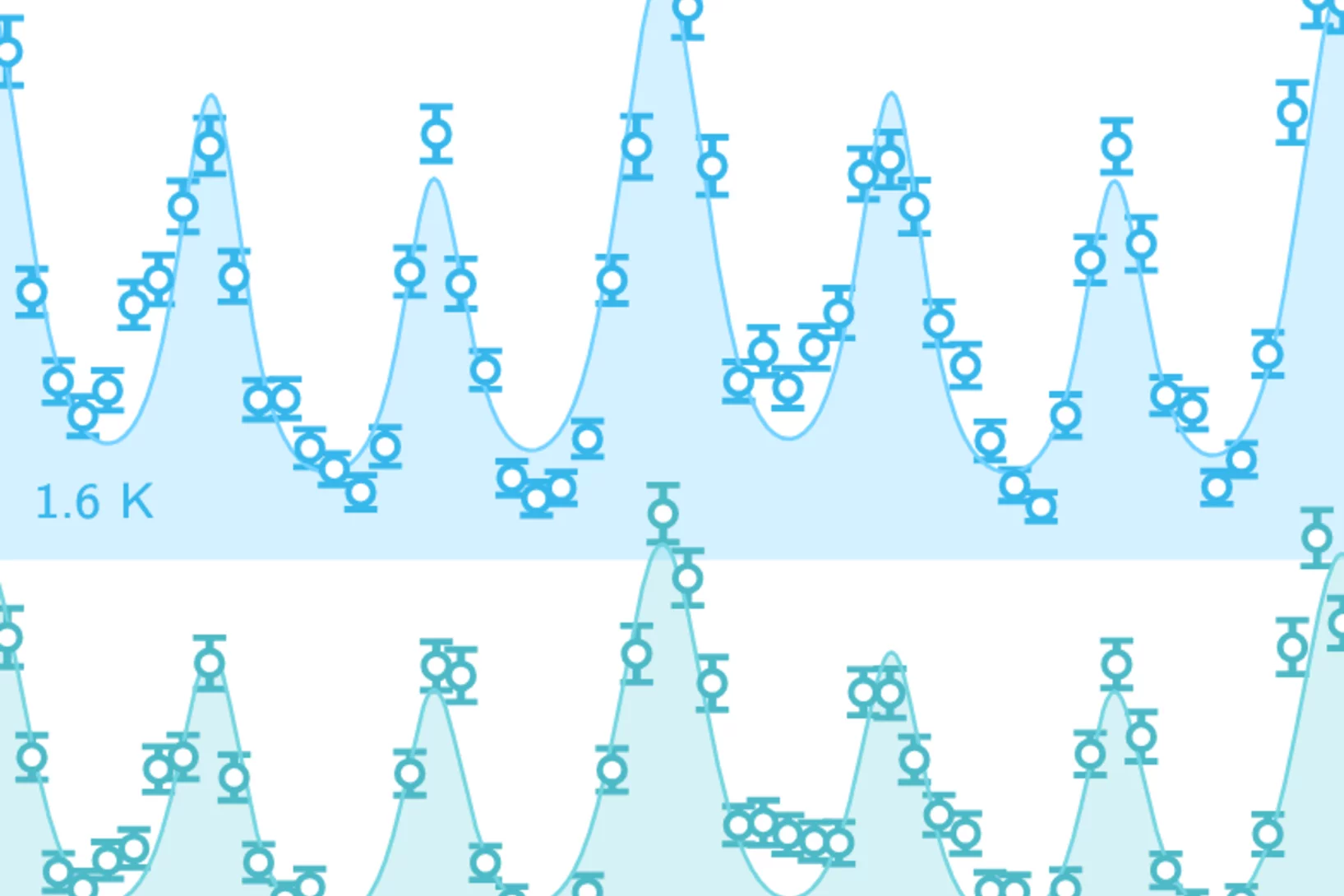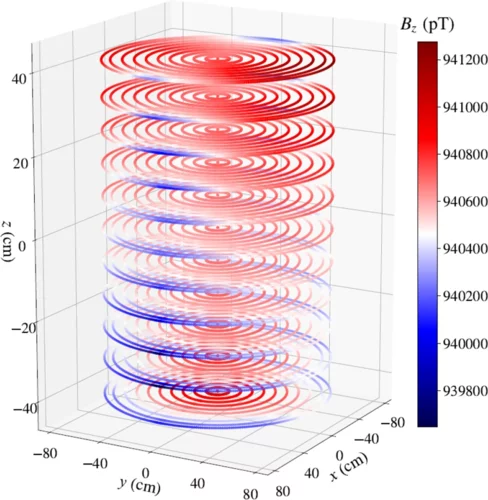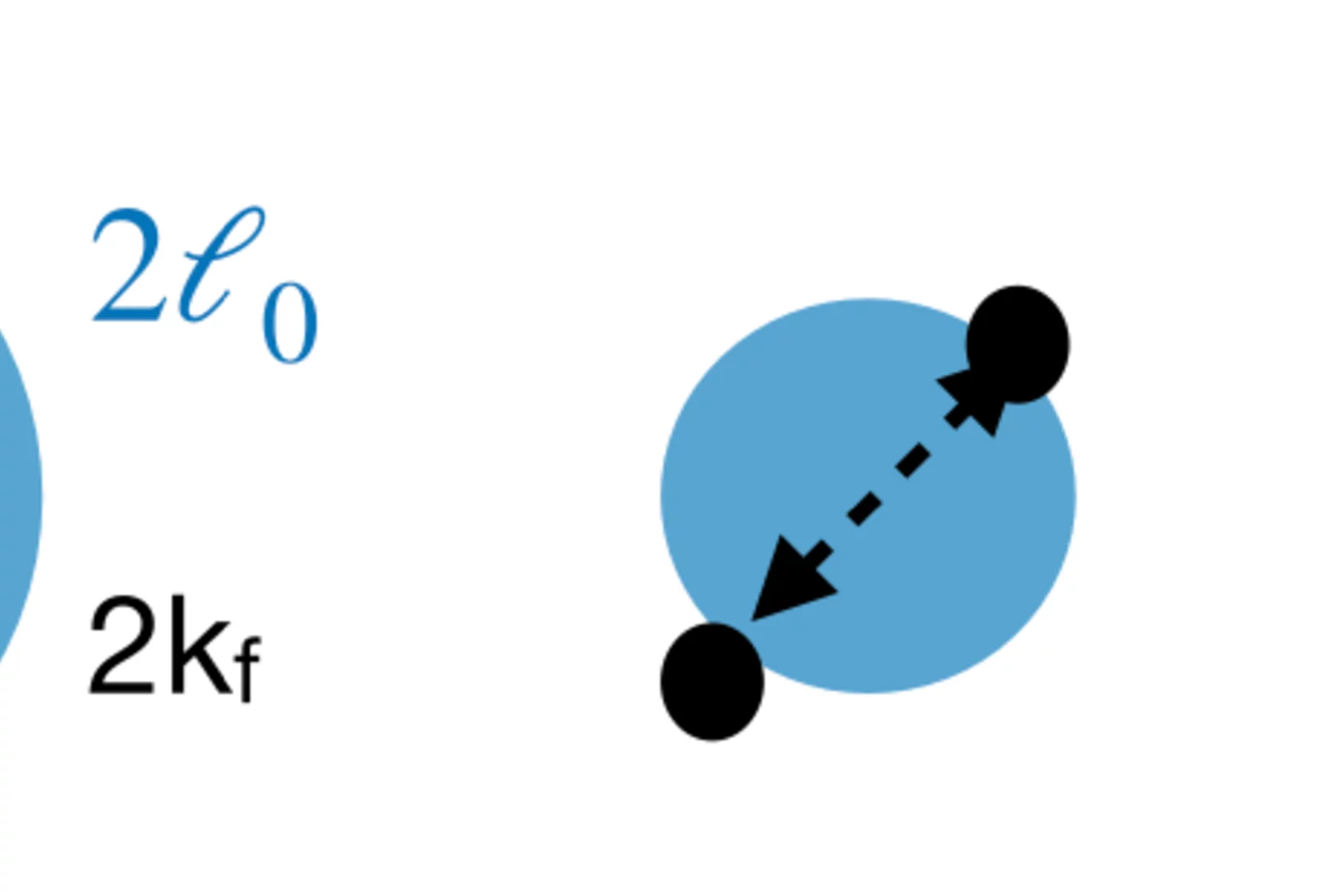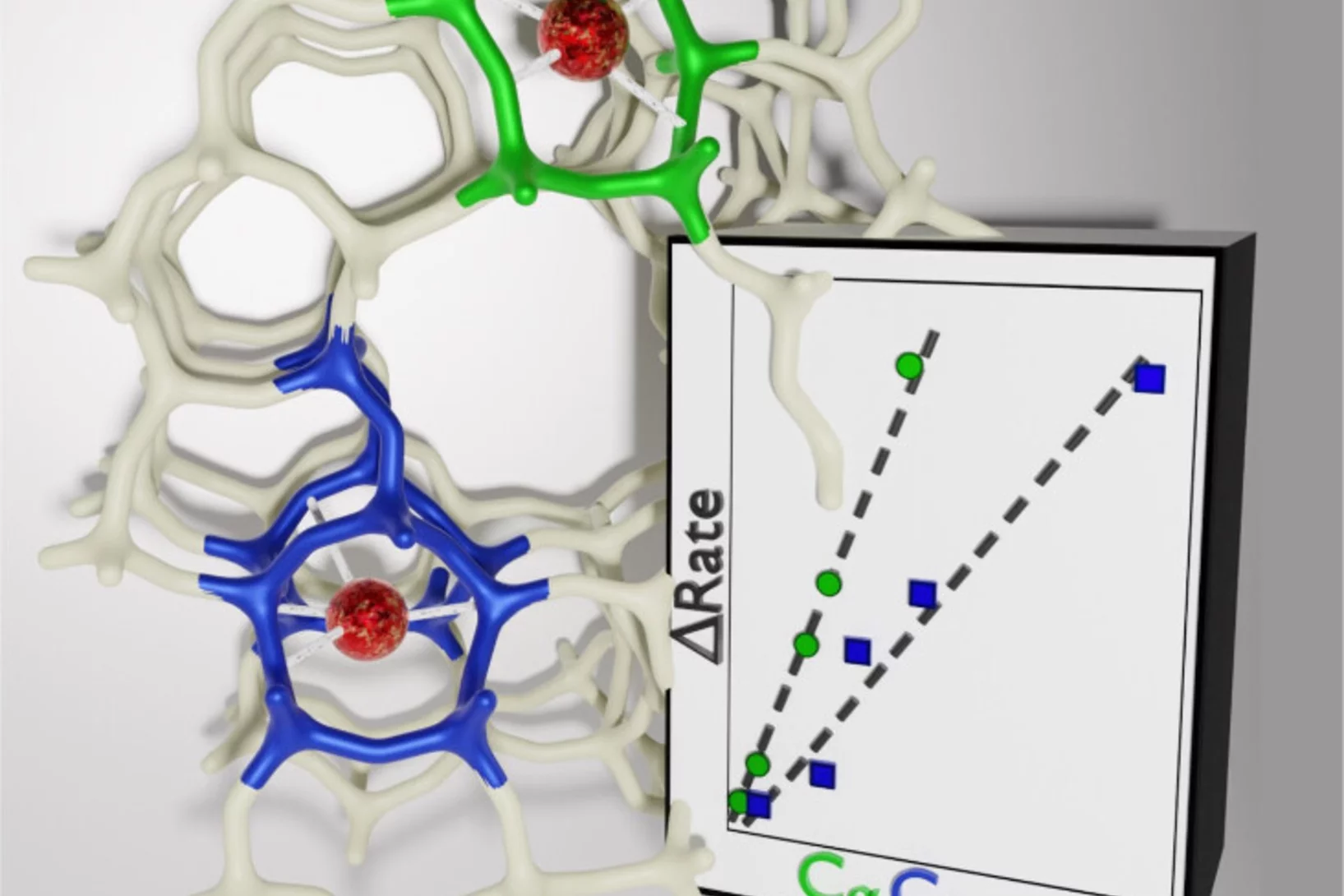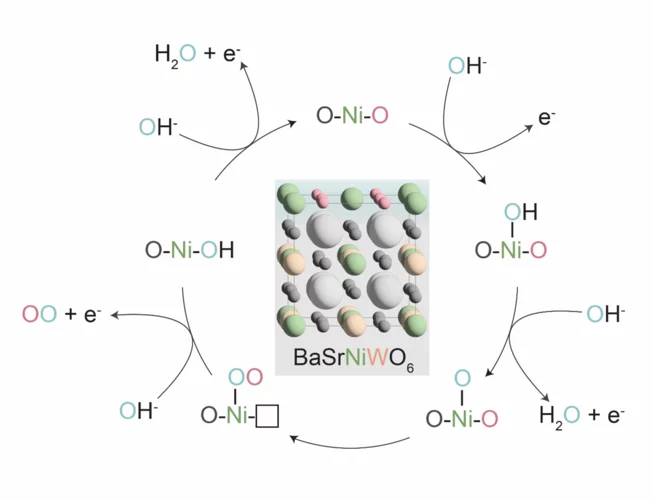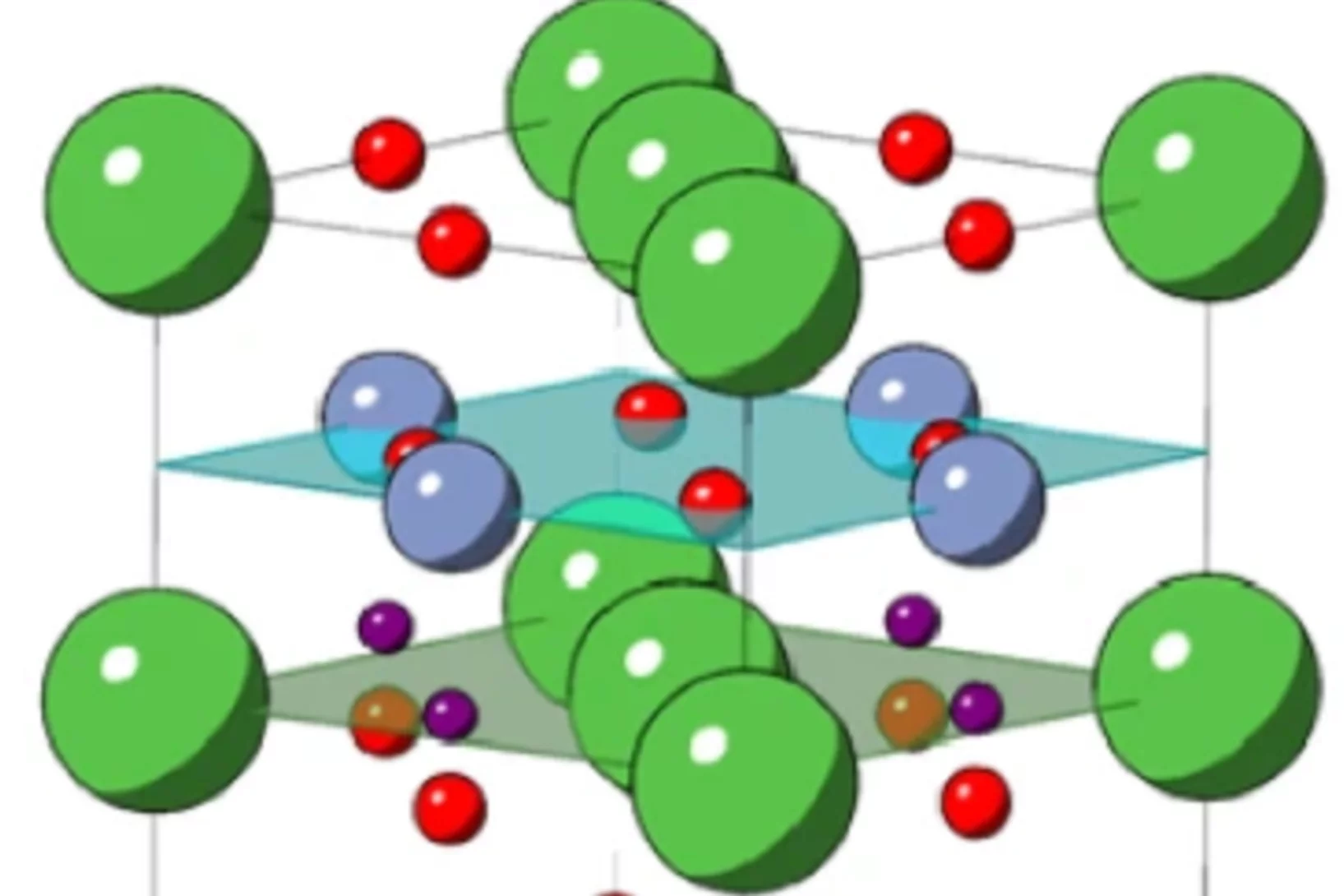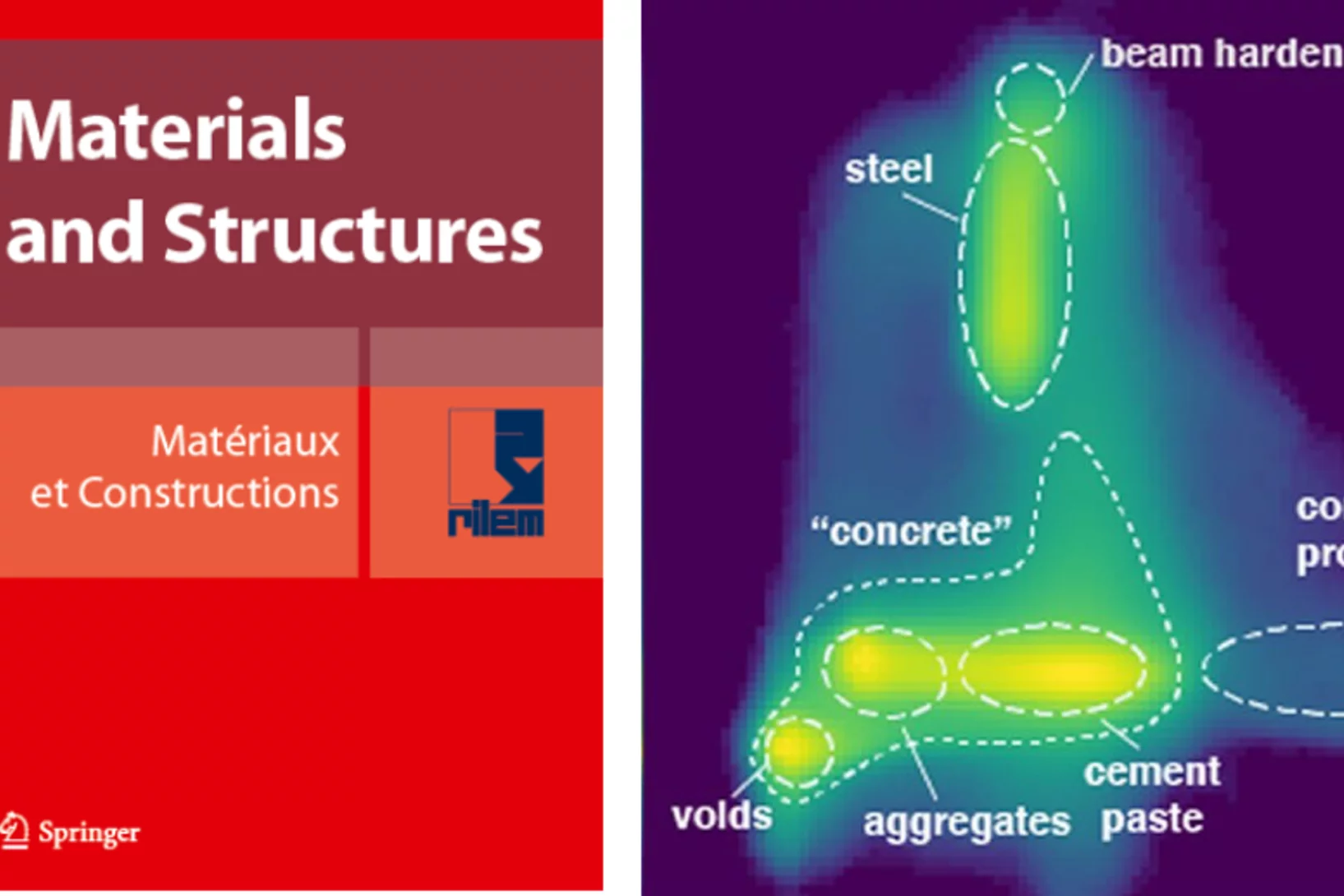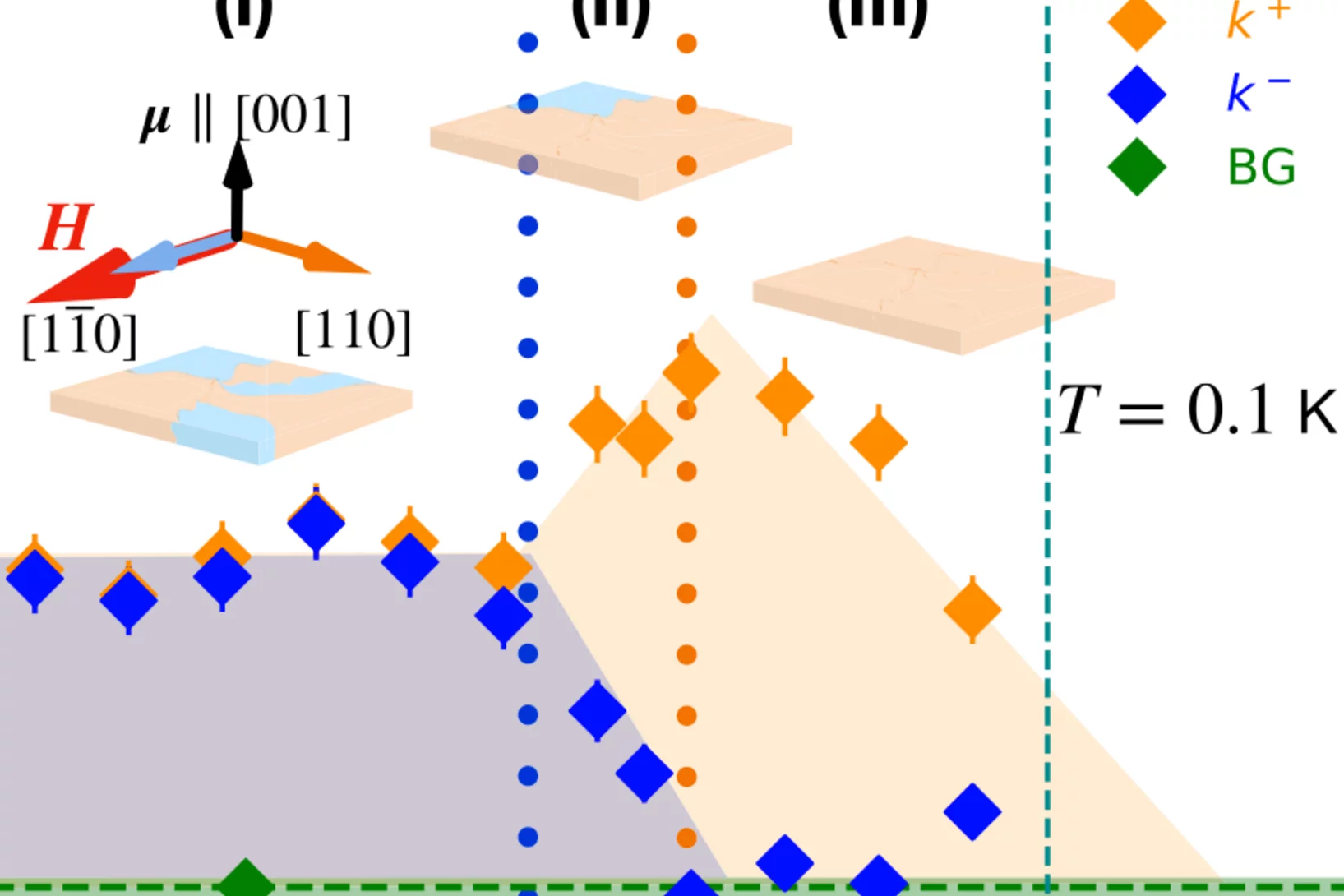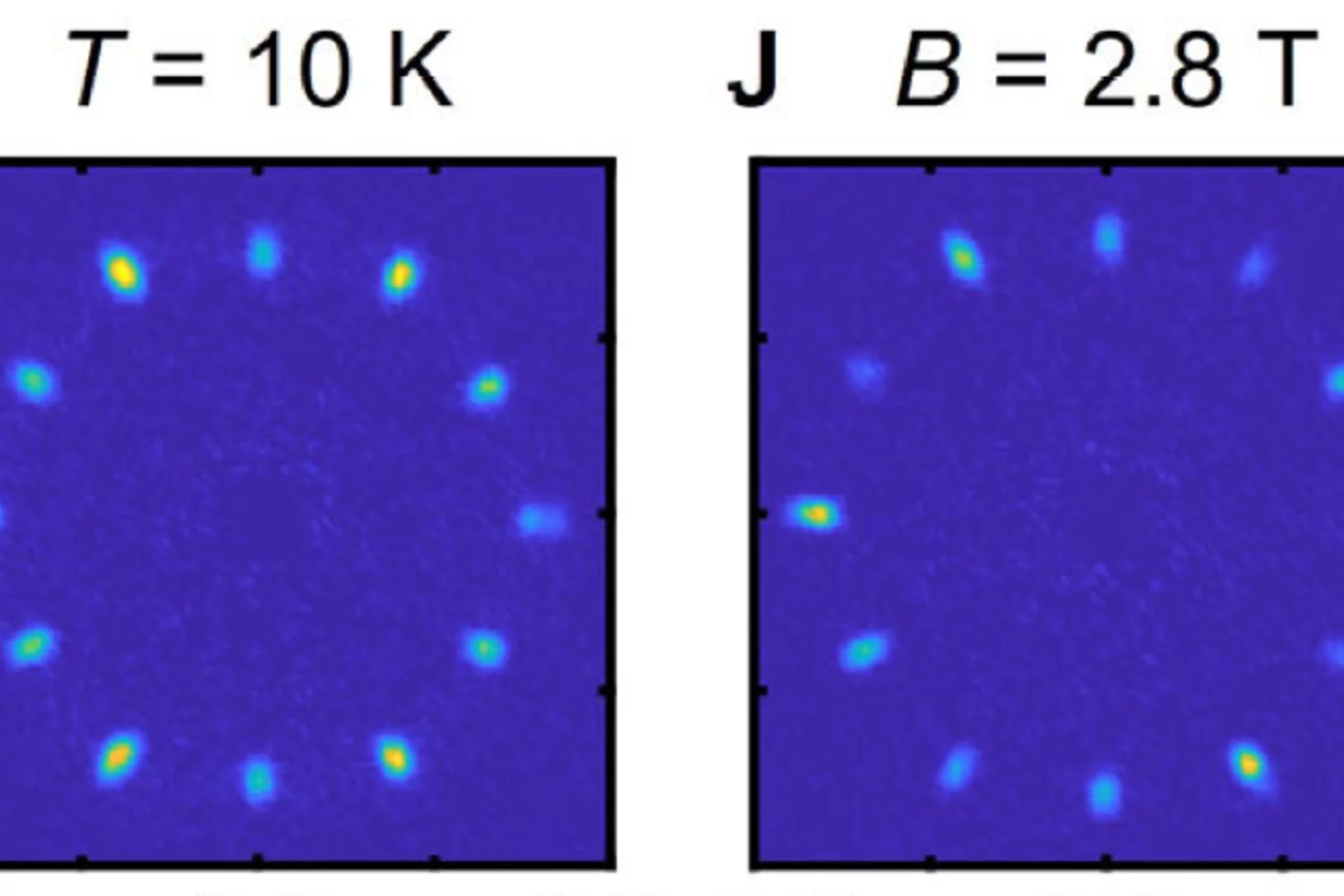Congratulations to Sonali for winning the ACM student research competition !
Congratulations to Sonali for winning the ACM student research competition that took place at PASC 2025 in Brugg as part of the SIGHPC ACM SIG conference
Transmutex at PSI Hotlab
Transmutex produces design and software for an accelerator-driven reactor able to transmute long-lived transuranic nuclides and fission products from the classic Uranium cycle for power production.
Benefits such as Nuclear waste volume reductions above a factor of 6 and HAW lifetime reductions to << 1000 years will be attained.
Breeding U-233 in Th fuel in the reactor integrates Transmutex’s design with existing commercial PHWR and LWR in providing fuel and fissionable material for their continued operation.
At PSI hotlab, Transmutex develops the manufacturing of porous metal pellets aiming to produce experimental Th pellets for further investigation utilizing PSI’s and hotlabs’ research capabilities. The new design will unify the advantages of metallic fuel such as high fissile density, ease of fabrication, and more while mitigating classic issues of compact metallic fuel related to the buildup of fission gas.
Successfully produced inactive analogues are illustrating the prove of concept of the design.
Interfacial Phase Formation in 316L–CuCrZr Hybrids
In-situ X-ray diffraction reveals how phase separation and fluid flow shape microstructure in laser-welded multi-material metal builds.
Sarbajit Banerjee wins Royal Society of Chemistry’s Centenary Prize
ETH Zürich and the Paul Scherrer Institut PSI scientist Professor Sarbajit Banerjee has been named winner of the Royal Society of Chemistry’s Centenary Prize in recognition of brilliance in research and innovation.
Phase by Phase: How Stainless Steel and IN625 Solidify Together
Where steel meets superalloy: real-time X-ray snapshots reveal how composition and cooling shape metal during 3D printing
Understanding and Addressing the Performance Asymmetry Issue in Semitransparent Laminated Organic Photovoltaic Devices
Organic photovoltaics (OPVs) offer a promising solution for indoor energy harvesting. However, fundamental investigations to understand and optimize industrial processes such as roll-to-roll lamination for upscaling remain limited. This study investigates a critical failure mode in the upscaling of OPVs.
One major challenge ...
Gold nanoparticle dynamics on graphene probed by convergent beam electron diffraction.
Dynamics of single Au nanoparticles on graphene were probed simultaneously in real- and diffraction space by time-series convergent beam electron diffraction.
Absence of Altermagnetic Magnon Band Splitting in MnF2
Altermagnets are collinear compensated magnets in which the magnetic sublattices are related by rotation rather than translation or inversion. One of the quintessential properties of altermagnets is the presence of split chiral magnon modes. Recently, such modes have been predicted in MnF2.
Here, we report inelastic neutron scattering results ...
Pressure effect on the spin density wave transition in La2PrNi2O6.96
High-pressure studies reveal a stark contrast between the superconducting properties of double-layer Ruddlesden-Popper (RP) nickelates La2PrNi2O7 and La3Ni2O7. While La2PrNi2O7 exhibits bulk superconductivity, La3Ni2O7 displays filamentary behavior, suggesting that superconductivity is confined to phase interfaces rather than the bulk. Since magnetism emerges ...
Research Software Engineering (RSE) Movement at PSI
The online information event on the “Research Software Engineering (RSE) Movement” at PSI on Wednesday 7th May, 2025 was a quite success with an unexpected high number of 100+ participants!
Pressure tuning of competing interactions on a honeycomb lattice
Exchange interactions are mediated via orbital overlaps across chemical bonds. Thus, modifying the bond angles by physical pressure or strain can tune the relative strength of competing interactions. Here we present a remarkable case of such tuning between the Heisenberg (J) and Kitaev (K) exchange, which respectively establish magnetically ordered and spin liquid phases on a honeycomb lattice. We observe ...
From coral berries to new therapies: uncovering the molecular glue mechanism of natural compounds
Researchers at the Center for Life Sciences and the Center for Scientific Computing, Theory, and Data at the Paul Scherrer Institute have identified the mechanism by which certain natural compounds interfere with cellular signaling. These ‘molecular glues’ have a therapeutic potential for the treatment of specific cancer types. Their latest study on this topic has been published in the journal Proceedings of the National Academy of Sciences of the United States of America.
Dr. Yingfang He has been honored with the Alavi-Mandell Award 2025
We congratulate Dr. Yingfang He for the excellent research work she did during her time at the Center for Radiopharmaceutical Sciences.
Tailoring the Normal and Superconducting State Properties of Ternary Scandium Tellurides, Sc6MTe2 (M = Fe, Ru, and Ir) Through Chemical Substitution
The pursuit of a unifying theory for non-BCS superconductivity has faced significant challenges. One approach to overcome such challenges is to perform systematic investigations into superconductors containing d-electron metals in order to elucidate their underlying mechanisms. Recently, the Sc6MTe2 (M = d-electron metal) family has emerged as a unique series of isostructural compounds exhibiting superconductivity across a range of 3d, 4d, and 5d electron systems.
In this study, muon spin rotation, neutron diffraction, and magnetization techniques are employed to probe ...
Achieving Uniform Phase Structure for Layer-by-Layer Processed Binary Organic Solar Cells with 20.2% Efficiency
Layer-by-layer (LBL) deposition has become a facile and promising method to fabricate highly efficient organic solar cells (OSCs). However, characterization and optimization of 3D morphology remain a grand challenge for LBL- processed active layers, and their correlation with photovoltaic properties of OSC devices is not clear to date.
Here, to address this issue, ...
Nanostructure orientation in 3D with visible light by Tomographic Müller-Polarimetric Microscopy
We developed a new method, tomographic Müller-polarimetric microscopy (TMPM), that allows to retrieve at three-dimensional microscopic resolution the nanoscale structural information of the ultrastructure probed with polarized light in a non-destructive manner using a low cost and experimentally simple optical setup.
Spin density wave and van Hove singularity in the kagome metal CeTi3Bi4
Kagome metals with van Hove singularities near the Fermi level can host intriguing quantum phenomena such as chiral loop currents, electronic nematicity, and unconventional superconductivity. However, to our best knowledge, unconventional magnetic states driven by van Hove singularities–like spin-density waves–have not been observed experimentally in kagome metals. Here, we report ...
Primer on X-ray magnetic circular dichroism
X-ray magnetic circular dichroism (XMCD) is a magneto-optical effect that describes the difference in absorption between left and right circularly polarized X-rays by a magnetized material. It has been widely applied to the study of magnetic systems and of magnetic phenomena and its unique capabilities make it a fundamental tool for the study of novel magnetic phenomena and new materials systems.
Advancing Biogas Quality: Tackling Siloxane Challenges for Smooth Energy Transition
Siloxanes, present in everyday items, can compromise the efficiency and durability of bioenergy systems, even at trace levels. Monitoring and quantifying these impurities are critical for improving biogas quality and expanding its role in renewable energy. However, sampling biogas and storing samples containing siloxanes for analysis remain a significant challenge.
Correlating transmission electron and soft x-ray microscopy to bridge atomic- and mesoscales
Transmission electron and soft x-ray microscopy have contributed significantly to our understanding of phenomena in fields ranging from biology to materials science. In this review, we present recent developments in combining transmission electron and soft x-ray microscopy techniques, including progress in sample environment, and in situ and operando approaches and highlight the unique opportunities offered by fully correlative transmission electron and soft x-ray microscopy.
4D imaging of frost heave and ice lens growth in silt using neutron and x-ray computed tomography
There are substantial changes in soil structure in regions where the soil is freezing. Water movements in the freezing soil introduce level changes beyond what can be expected by the expansion of water when it freezes. The impact of frost heave is seasonal damage to our built environment ...
Antiferrodistortive and ferroeletric phase transitions in freestanding films of SrTiO3
Epitaxially grown thin films are commonly used to strain engineer electronic properties by the choice of a substrate, and therefore do not match bulk properties (leading to properties that deviate from the bulk material). Free standing ultrathin oxide films are expected to preserve the bulk-like properties due to the absence of substrate influence. However, we show that this expectation is not fulfilled with ultrathin free standing SrTiO3, as they get ferroelectric at 80K.
Momentum-resolved fingerprint of Mottness in layer-dimerized Nb3Br8
Crystalline solids can become band insulators due to fully lled bands, or Mott insulators due to strong electronic correlations. While Mott insulators can theoretically occur in systems with an even number of electrons per unit cell, distinguishing them from band insulators experimentally has remained a longstanding challenge.
In this work, we present ...
Superconductivity and a van Hove singularity confined to the surface of a topological semimetal
The interplay between topology and superconductivity generated great interest in condensed matter physics. Here, we unveil an unconventional two-dimensional superconducting state in the Dirac nodal line semimetal ZrAs2 which is exclusively con ned to the top and bottom surfaces within the crystal’s ab plane.
As a remarkable consequence ...
Emergence of topological Hall effect from a fluctuation-based dynamic origin
The topological nature of the electronic bands or spin structure has direct manifestation in experimentally measured Hall conductivity. The extra topological (or geometrical) component to the Hall effect (THE) usually emerges due to multi-k structures, which inherently possess a finite static scalar spin chirality (SSC). Generating a THE in a single-k structure necessitates the consideration of the dynamical origin of SSC, the real material examples of such cases remain scarce to date.
Water gets in shape for VUV absorption
Nanometre‑thin, free‑flowing liquid sheets now let Swiss Light Source users record pristine VUV absorption spectra of water, and soon any solvent.
Zero-field Hall effect emerging from a non-Fermi liquid in a collinear antiferromagnet V1/3NbS2
Magnetically intercalated transition metal dichalcogenides (TMDs) provide a versatile three-dimensional (3D) material platform to explore quantum phenomena and functionalities that emerge from an intricate interplay among magnetism, band structure, and electronic correlations.
Generation of Neutron Airy Beams
The Airy wave packet is a solution to the potential-free Schrödinger equation that exhibits remarkable properties such as self-acceleration, nondiffraction, and self-healing. Although Airy beams are now routinely realized ....
Texture analysis implementation at the neutron strain diffractometer POLDI
This study presents the implementation of a novel data analysis methodology to perform spatially resolved crystallographic texture analyses in bulk specimens at POLDI, the pulsed frame overlap diffractometer at SINQ, Paul Scherrer Institute. The method is based on the determination of several incomplete pole figures. To increase the angular resolution, the POLDI diffraction bank is split into several virtual units of smaller angular coverage. The diffraction data of each virtual unit can then be analyzed individually and used to create experimental pole figures from the Euler angles of the explored sample orientations. Additionally, to help the analyses, a new numerical tool was developed and implemented at POLDI to calculate neutron flight path of each virtual detector as a function of sample size, geometry, and orientation. Leveraging on the SALOME platform’s Geom module (open-source CAD modeler), the tool allows inserting CAD objects into a virtual detailed PODI geometry. This allows to automate sample positioning and orientation within the instrument frame and computes flight path intersections. It serves two main purposes: enhancing texture analysis through precise path calculations and aiding experimental design by visually evaluating orientation feasibility and estimating counting times. Finally, to complete the analysis path from the experiments to the results, the experimental and numerical evaluations are processed together with POLTex (MATLAB-based toolbox) to obtain the orientation distribution functions. To demonstrate the analysis routine, the crystallographic texture of an additively manufactured steel sample and Zircaloy-4 sample were characterized.
Mapping crystallite orientation in bulk polycrystals
A new experimental technique allows the orientation distribution of small-grained polycrystal materials to me mapped in 3D.
Defect structure controls the thermal magnetic switching rate of nano-sized metallic particles.
Past experiments done at the Paul Scherrer Institut, probed the thermal switching properties of nano-sized metallic magnetic particles
PILATUS4 detector arrives at PXIII
On April 4, 2025, a Dectris Pilatus4 2M detector was successfully installed at beamline PXIII. In the coming weeks, this new detector will be used to measure the first macromolecular crystallography (MX) experiments using the SLS 2.0 machine.
Yielding behaviour of active particles in bulk and in confinement
We computationally investigate the transition from rigid to flowing states in dense assemblies of self-propelled particles. Such theoretical representations of biological assemblies have yielded tremendous insight into collective behaviour across many scales, from bird flocks, through bacterial colonies, tissue organisation and including sub-cellular assemblies such as the cytoskeleton. Of particular interest to us are observations of dramatic changes in the dynamics of chromatin within cell nuclei, understood to undelie changes in biological state and function. Dynamics in this context is controlled by the strength and temporal persistence of out-of-equilibrium mechanical perturbations, as well as the geometry of confinement. Evidence of a transition from rigid to flowing states across a critical perturbation strength, strongly reminiscent of yielding in externally deformed amorphous solids, motivates us to explore this analogy, and to investigate the role of persistence time and confinement geometry on the transition.
Dynamical transitions in dense packings
Biophysical modeling points to changes in collective dynamics under confinement as a key aspect of cell state transitions.
Vacancy-induced suppression of charge density wave order and its impact on magnetic order in kagome antiferromagnet FeGe
Two-dimensional (2D) kagome lattice metals are interesting because their corner sharing triangle structure enables a wide array of electronic and magnetic phenomena. Recently, post-growth annealing is shown to both suppress charge density wave (CDW) order and establish long-range CDW with the ability to cycle between states repeatedly in the kagome antiferromagnet FeGe.
Here we perform ...
Rethinking 3D Printing for ceramics
Using a powerful combination of in-situ X-ray imaging and high-fidelity simulations, researchers uncover how alumina behaves under laser-based 3D printing—paving the way for more reliable ceramic additive manufacturing.
Anomalous Hall Effect due to Magnetic Fluctuations in a Ferromagnetic Weyl Semimetal
The anomalous Hall effect (AHE) has emerged as a key indicator of time-reversal symmetry breaking (TRSB) and topological features in electronic band structures. Absent of a magnetic field, the AHE requires spontaneous TRSB but has proven hard to probe due to averaging over domains. The anomalous component of the Hall effect is thus frequently derived from extrapolating the magnetic field dependence of the Hall response. We show ....
Rhodium recovery from acidic wastewater using radiografted chelating adsorbents
Platinum group metals (PGMs), particularly rhodium (Rh), are rare and vital for industrial applications, with Rh being scarcer (≈ 20 t/y) than platinum (Pt) and palladium (Pd). Its high cost and limited supply emphasize the need for efficient recovery from industrial waste. New radiografted chelating adsorbents, created through irradiation, offer a sustainable, cost-effective alternative to existing extraction methods. They exhibit high efficiency, selectivity, and reusability, making them ideal for recovering and recycling Rh from industrial wastewater.
Two Characteristic Contributions to the Superconducting State of 2H-NbSe2
Multiband superconductivity arises when multiple electronic bands contribute to the formation of the superconducting state, allowing distinct pairing interactions and gap structures. Here, we present field- and temperature-dependent data ...
Observation of the spiral spin liquid in a triangular-lattice material
The spiral spin liquid (SSL) is a highly degenerate state characterized by a continuous contour or surface in reciprocal space spanned by a spiral propagation vector. Although the SSL state has been predicted in a number of various theoretical models, very few materials are so far experimentally identified to host such a state. Via combined single-crystal wide-angle and small-angle neutron scattering, we report observation ...
Generating a highly uniform magnetic field inside the magnetically shielded room of the n2EDM experiment
The central magnetic field of the n2EDM experiment based at PSI is of paramount importance for achieving the sensitivity goal. The necessary field homogeneity was recently demonstrated, as described here.
Doping dependence of the dipolar correlation length scale in metallic SrTiO3
Superconducting domes, ubiquitous across a variety of quantum materials, are often understood as a window in which pairing is favored, opened by the fluctuations of competing orders. Yet, the understanding of how such a window closes is missing. Here, we show that inelastic neutron scattering ...
Key reaction steps in the simultaneous conversion of nitrous and nitric oxides on Fe-ZSM-5
After proposing the reaction mechanism of the N2O-NO-SCR reaction on Fe-FER, here we attempted at controlling the Fe speciation on ZSM-5 and at generalizing the result obtained on FER.
Confining surface oxygen redox in double perovskites for enhanced oxygen evolution reaction activity
Nickel-based double perovskites AA’BB’O6 are an underexplored class of oxygen evolution reaction (OER) catalysts. In particular, BaSrNiWO6 exhibits high oxygen evolution activity, attributed to the evolution of a highly OER active surface phase. The redox transformation of Ni2+(3d8) to Ni3+(3d7) combined with partial W dissolution into the electrolyte drives an in-situ reconstruction of the surface to an amorphized, NiO-like layer, promoting oxygen redox in the OER mechanism.
Pressure-enhanced splitting of density wave transitions in La3Ni2O7–δ
The observation of superconductivity in La3Ni2O7–δ under pressure, following the suppression of a high-temperature density wave state, has attracted considerable attention. The nature of this density wave order was not clearly identified. Here we probe the magnetic response of the zero-pressure phase of La3Ni2O7–δ as hydrostatic pressure is applied, and find that the apparent single density wave transition at zero applied pressure splits into two. The comparison of our muon-spin rotation ...
Outstanding Paper Award
A recent paper by the "Applied Materials Group" of the LNS and their coworkers received the "Outstanding Paper Award" of the journal "Materials and Structures".
Spin-orbit control of antiferromagnetic domains without a Zeeman coupling
Encoding information in antiferromagnetic (AFM) domains is a promising solution for the ever growing demand in magnetic storage capacity. The absence of a macroscopic magnetization avoids crosstalk between different domain states, enabling ultrahigh density spintronics while being detrimental to the domain detection and manipulation. Disentangling these merits and disadvantages seemed so far unattainable. We report evidence ...
Electronic Commensuration of a Spin Moiré Superlattice in a Layered Magnetic Semimetal
Spin moiré superlattices (SMSs) formed by interfacing conventional electronic states with a multi-q magnetic lattice have been proposed as a magnetic analog of crystallographic moiré systems. The electron-minibands created in an SMS are expected to be enriched by the vector-field nature of the magnetic interaction and offer new types of moiré tunability, topological protection, and Berry curvature effects. However, most spin-vortex-hosting systems discovered to date have carrier mean free paths lmfp significantly shorter than their spin-moiré lattice constant aspin, inhibiting mini-band-formation. Furthermore ...

